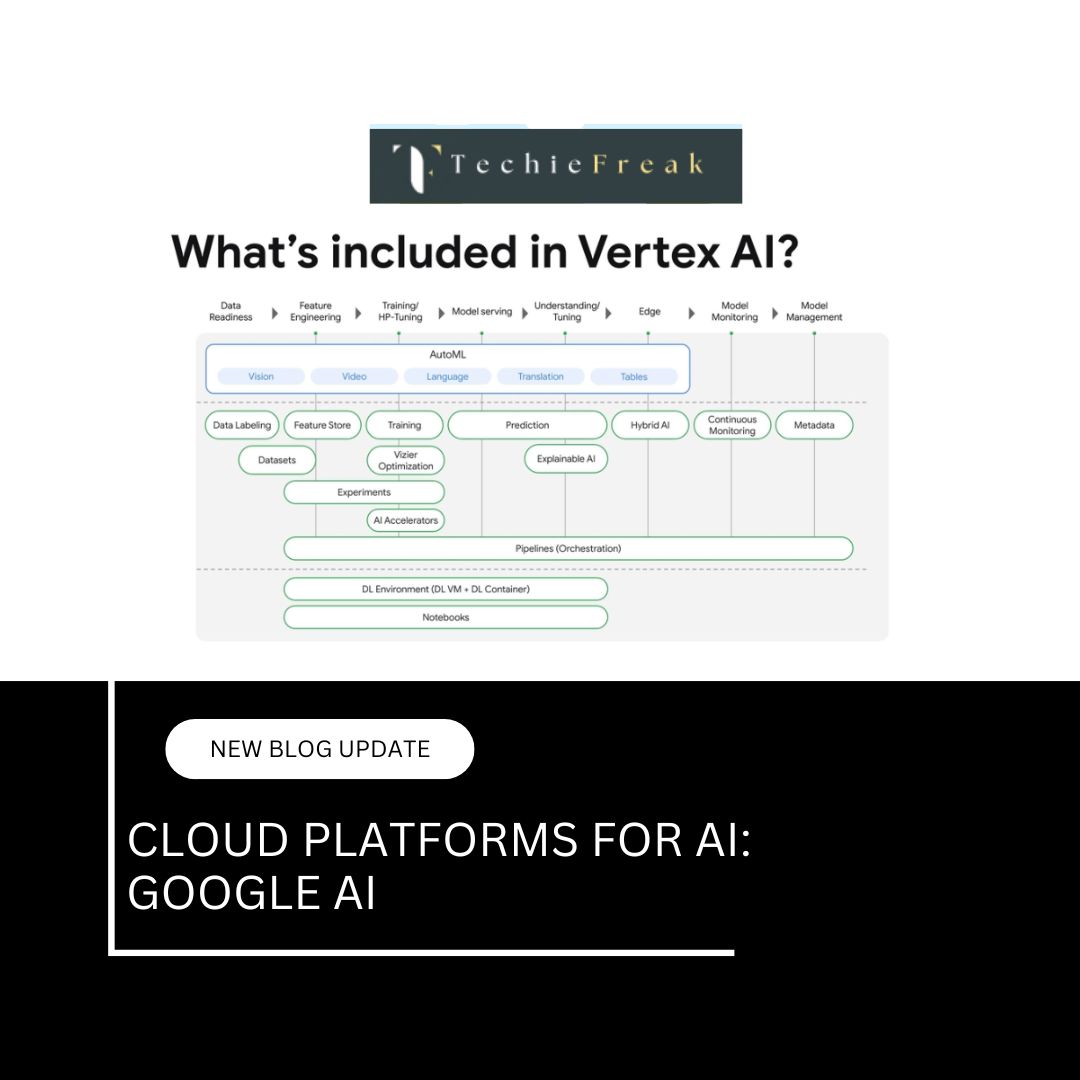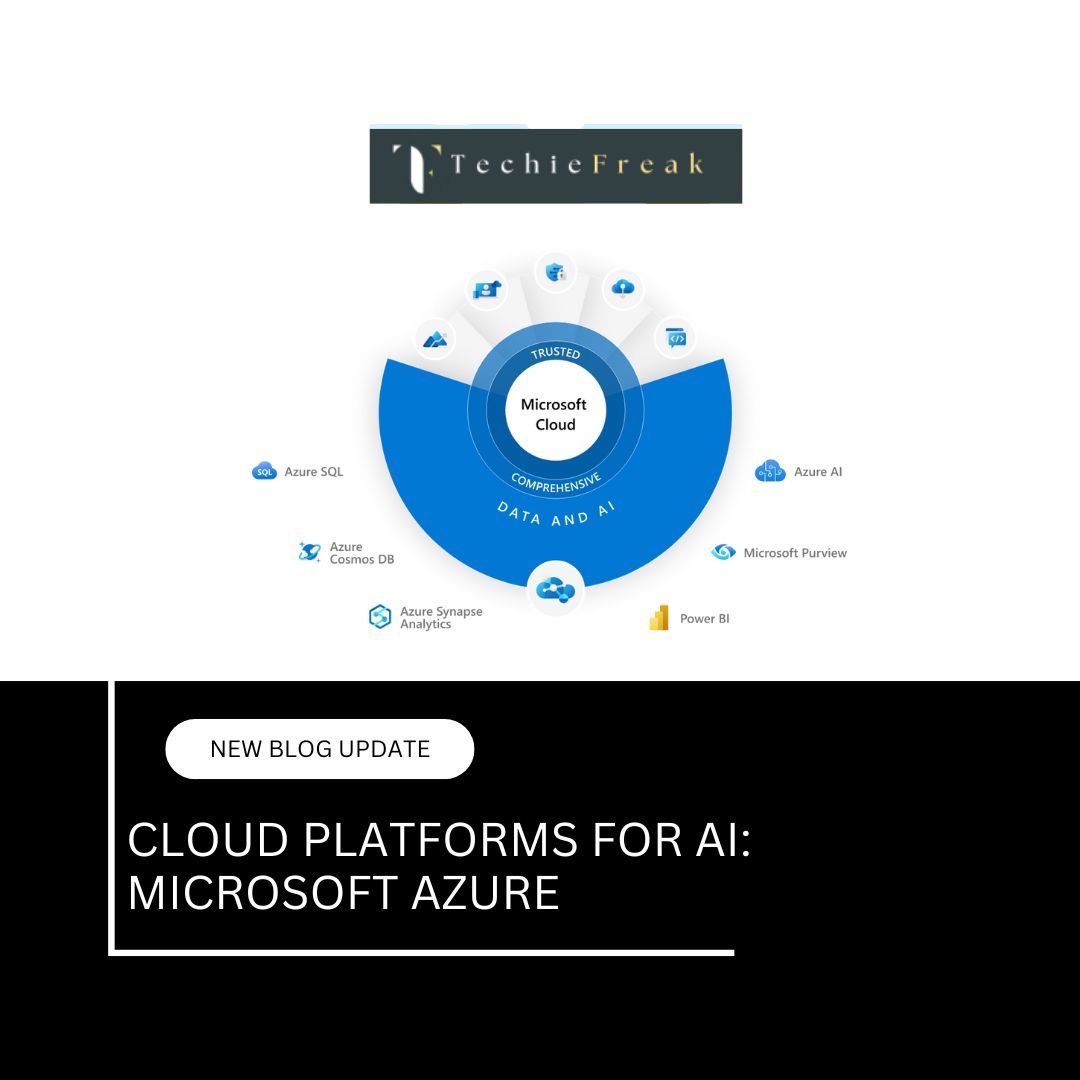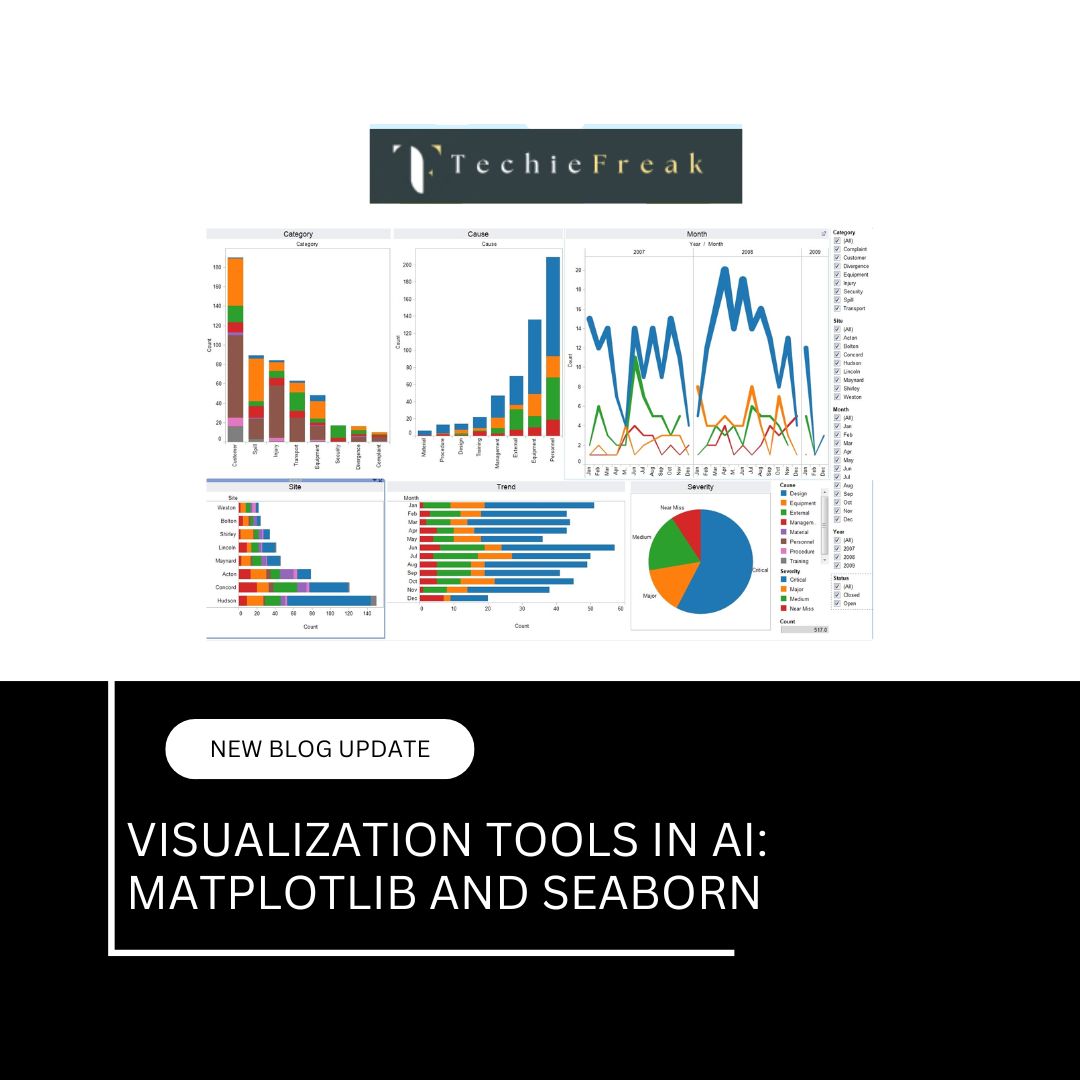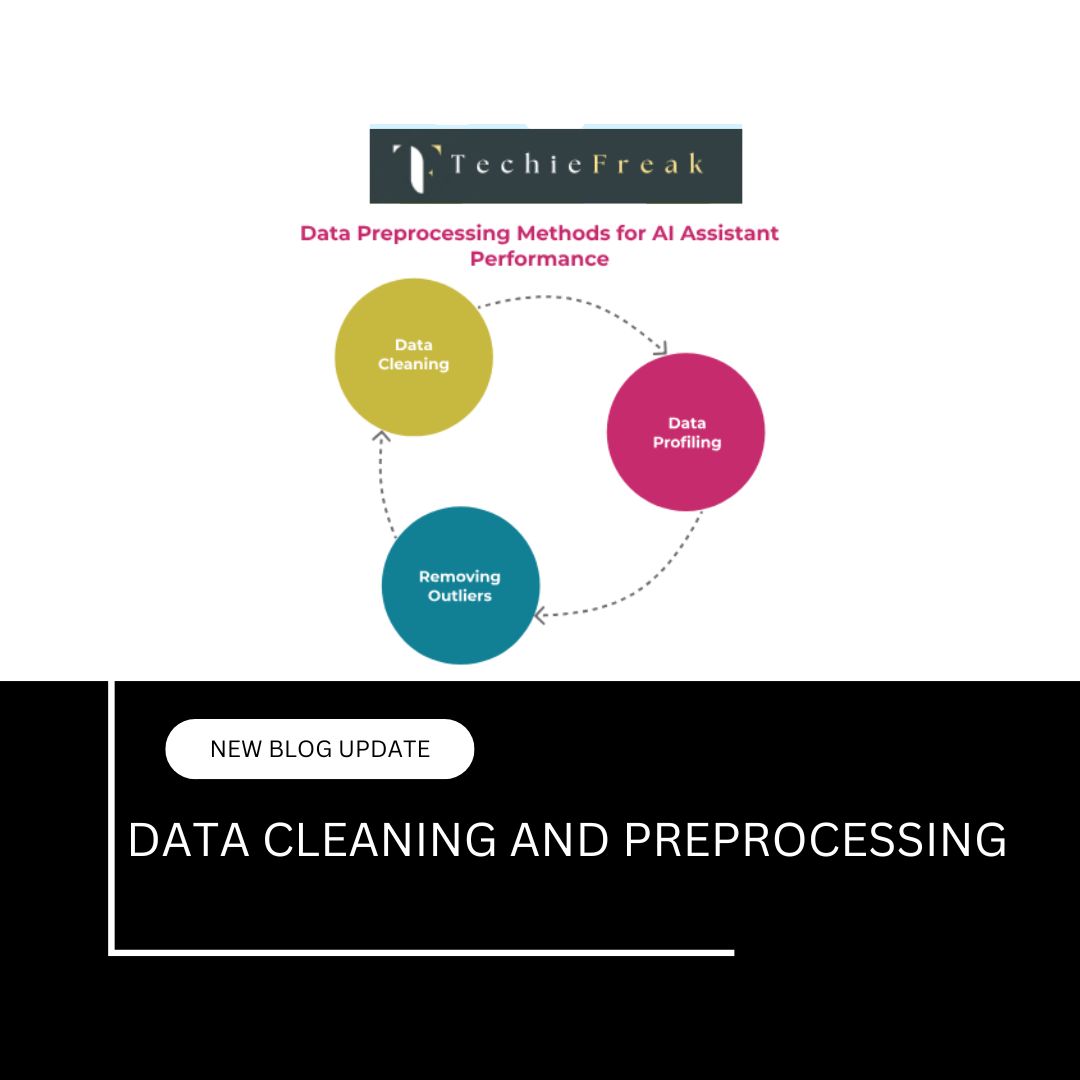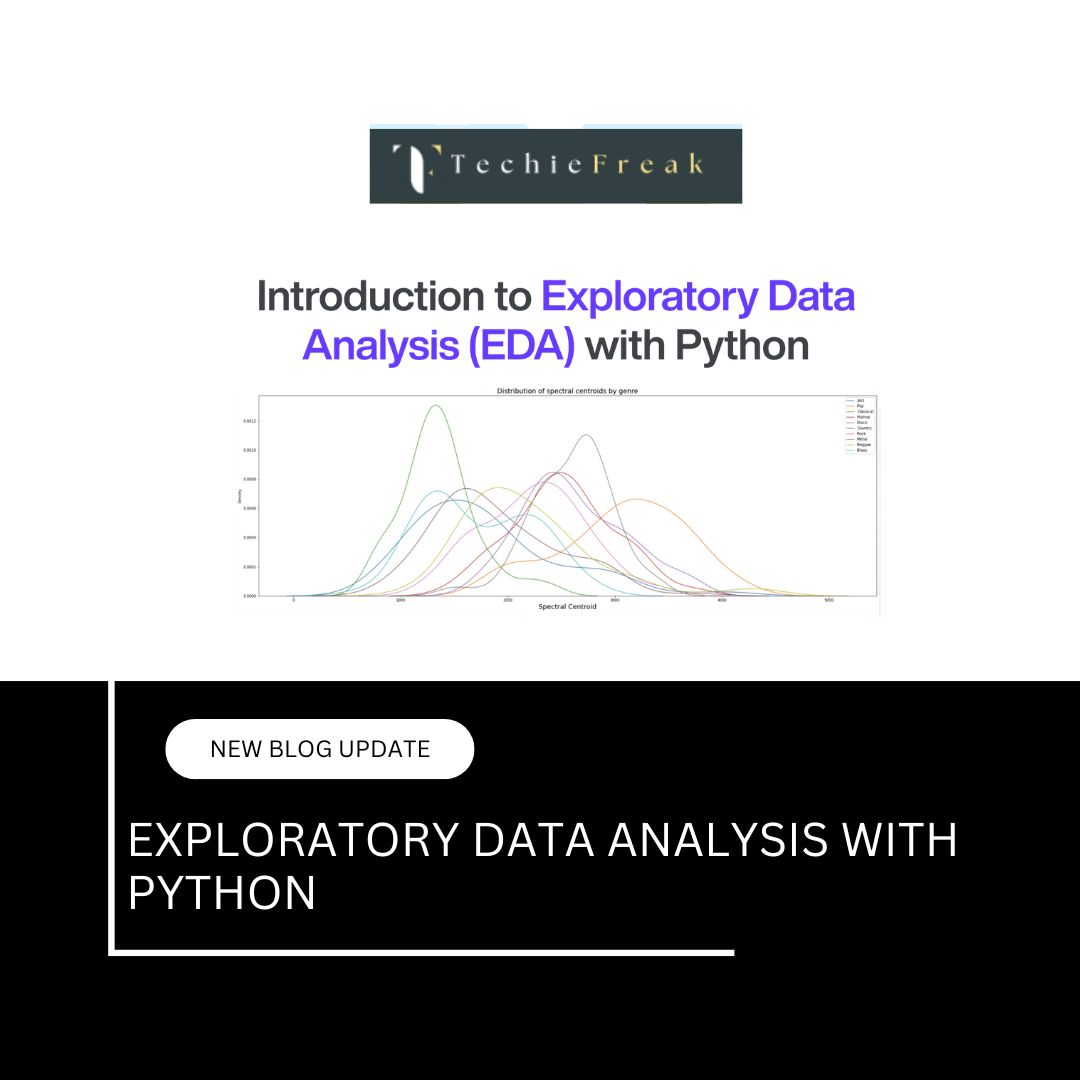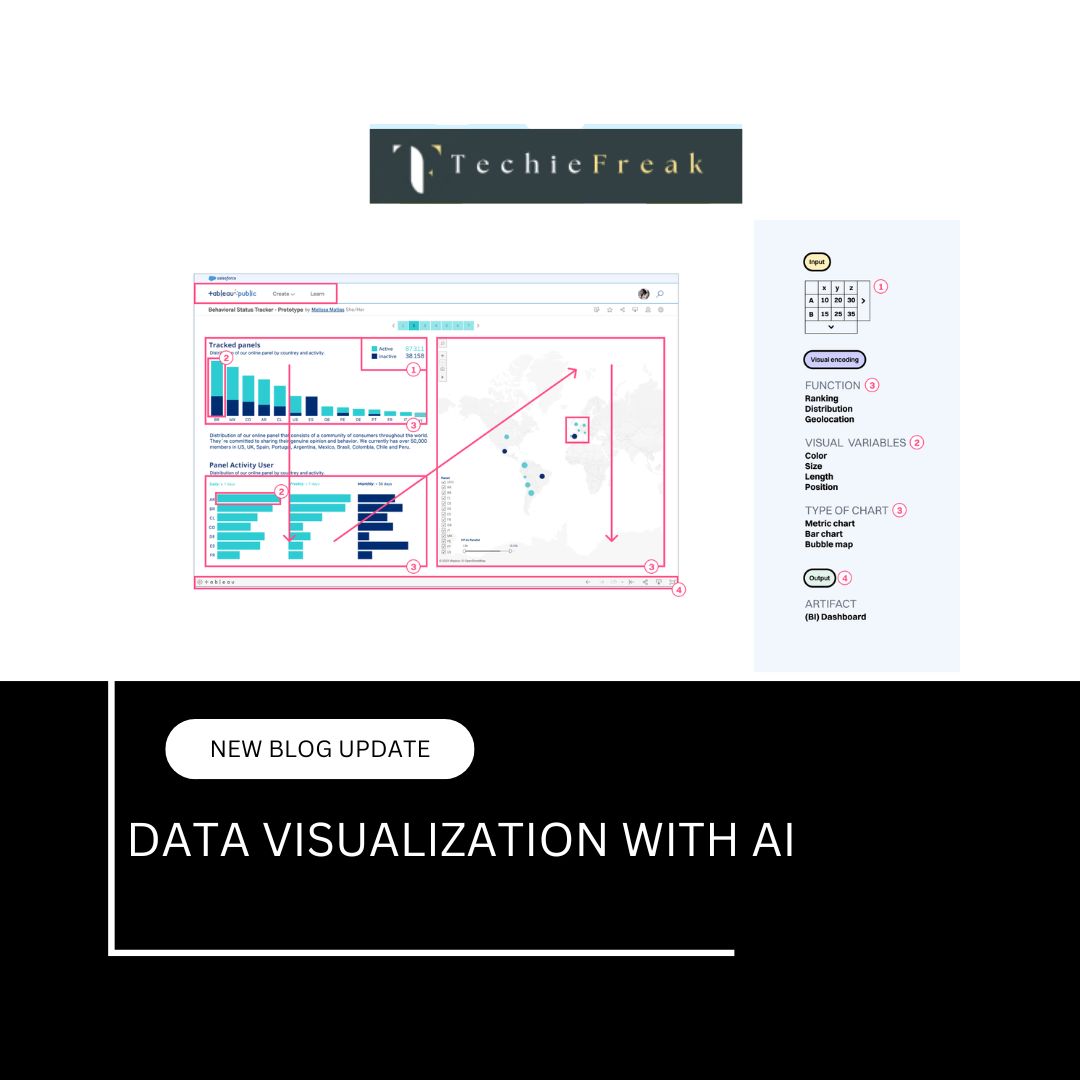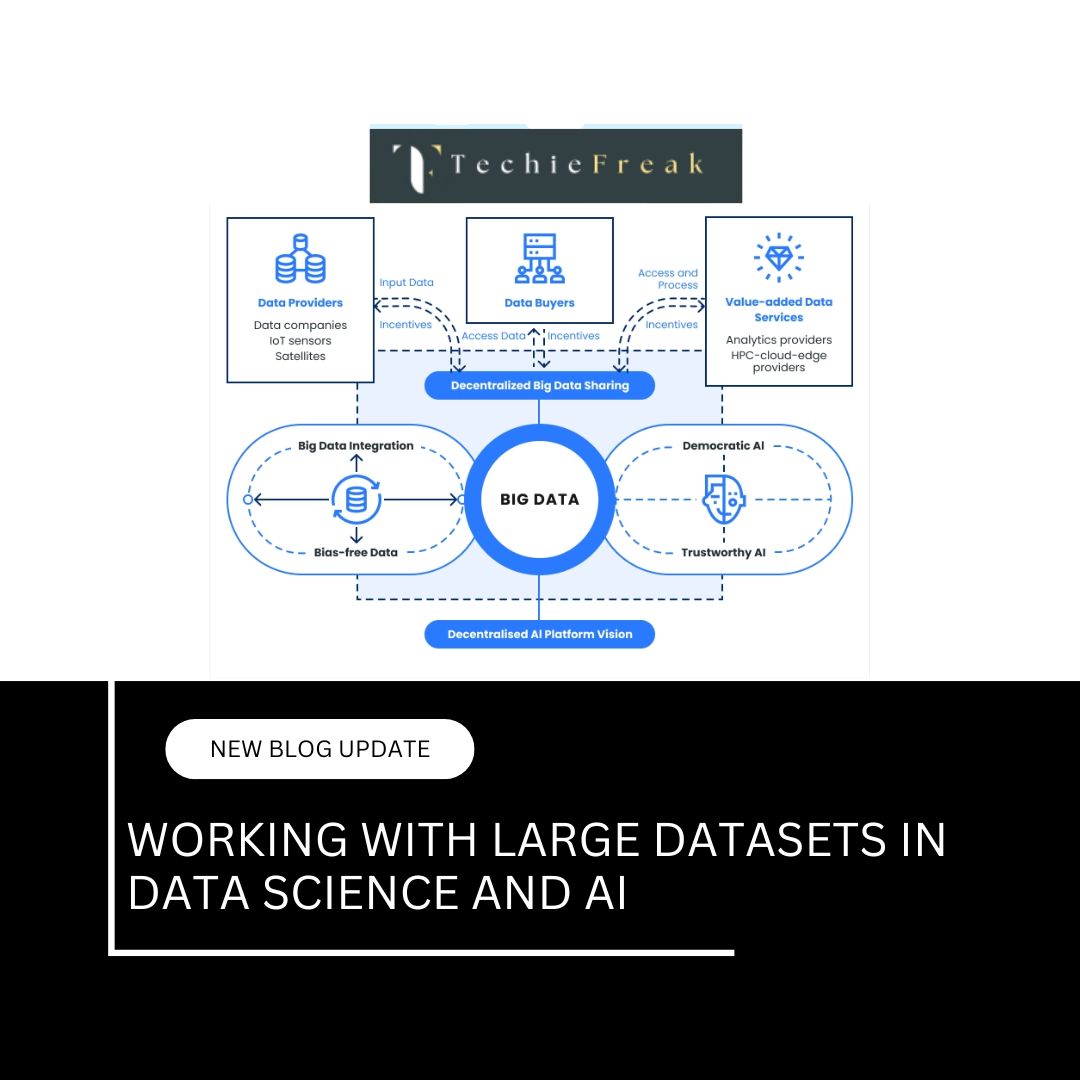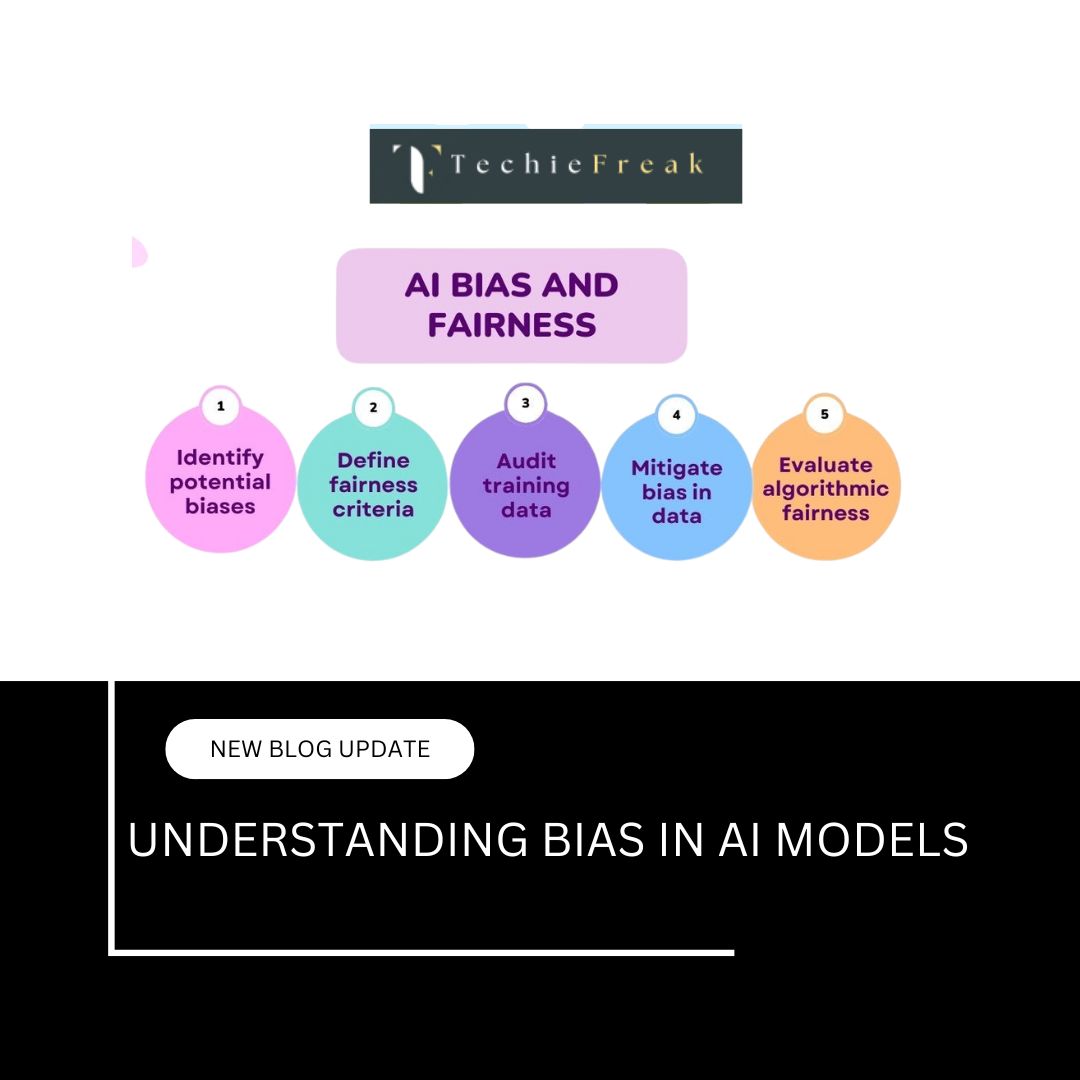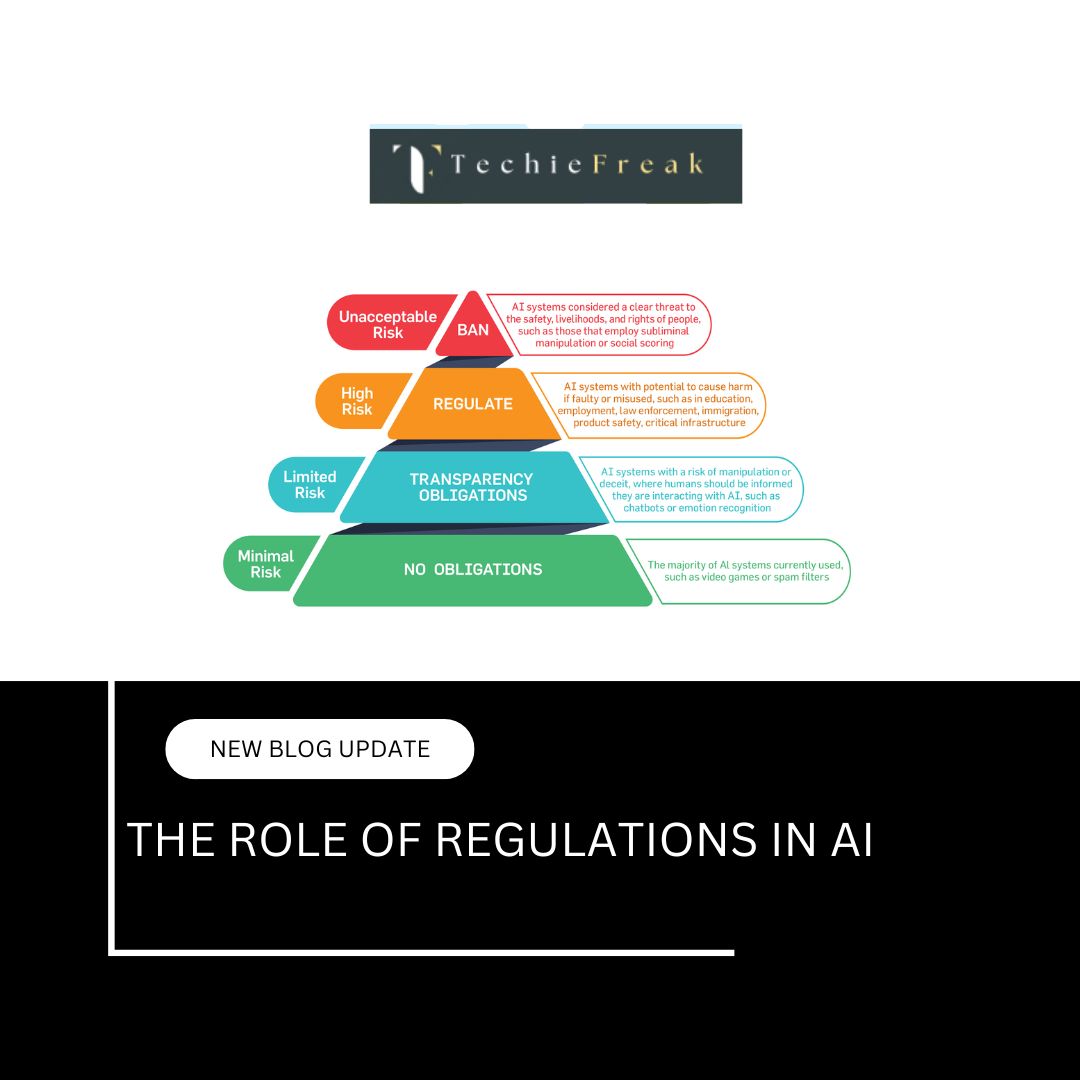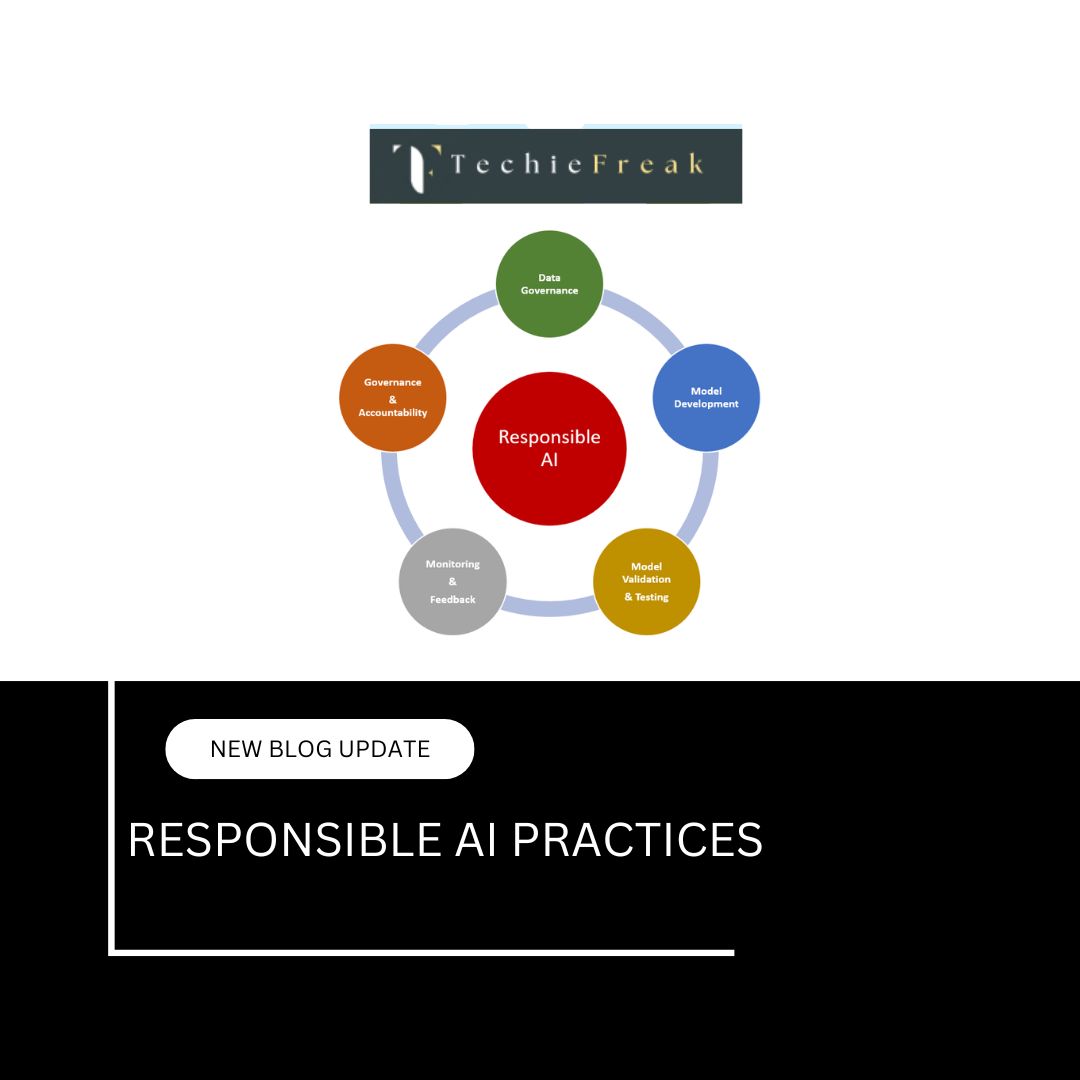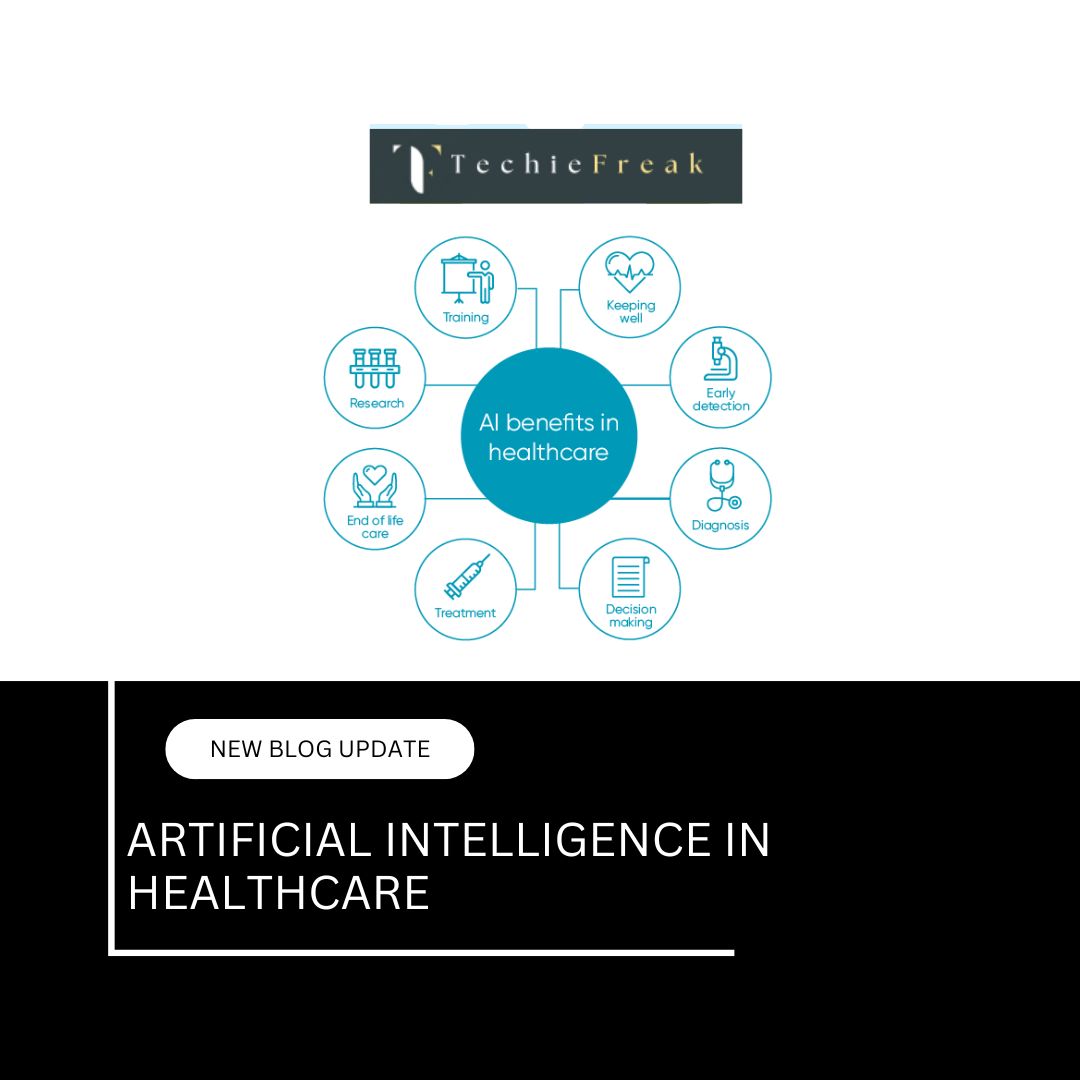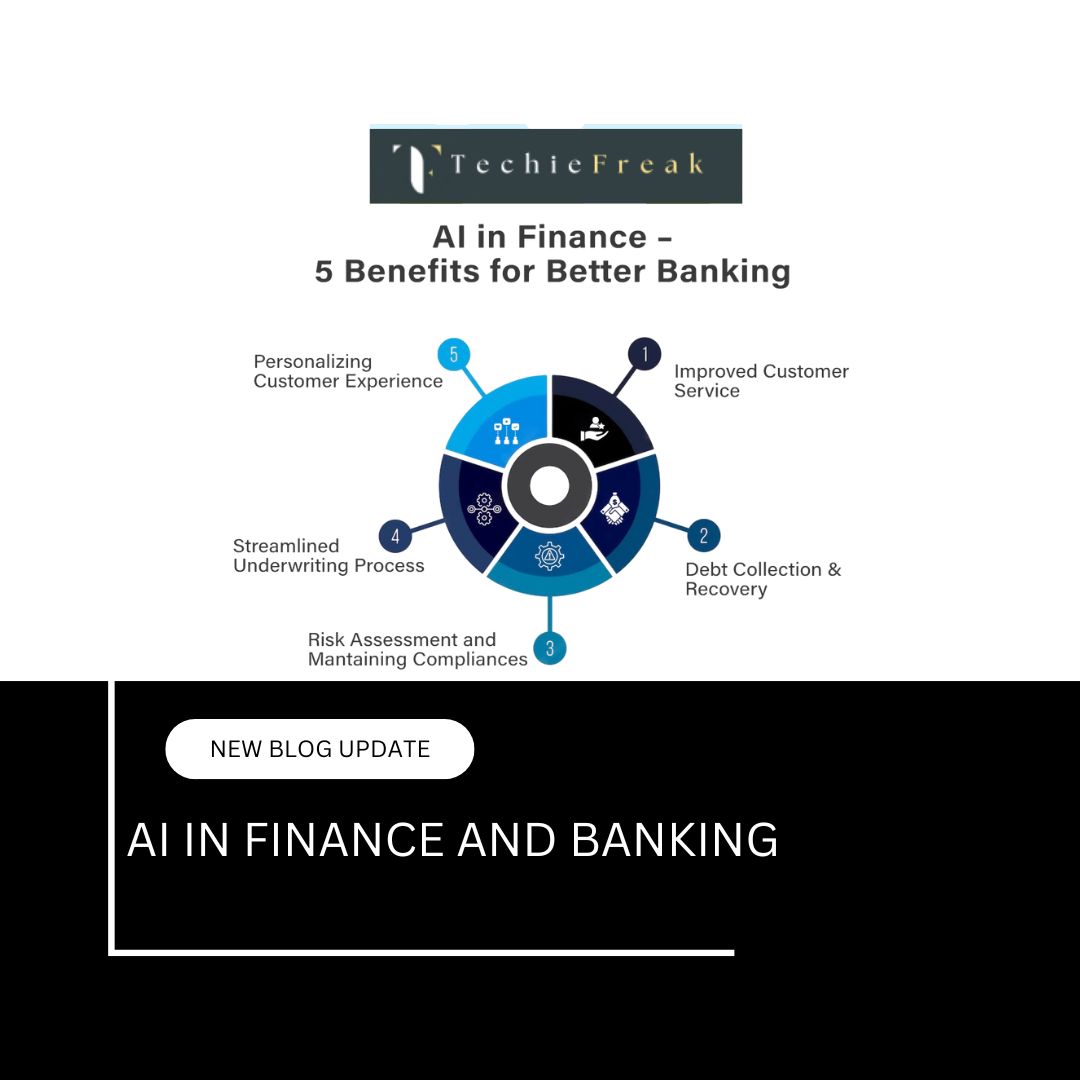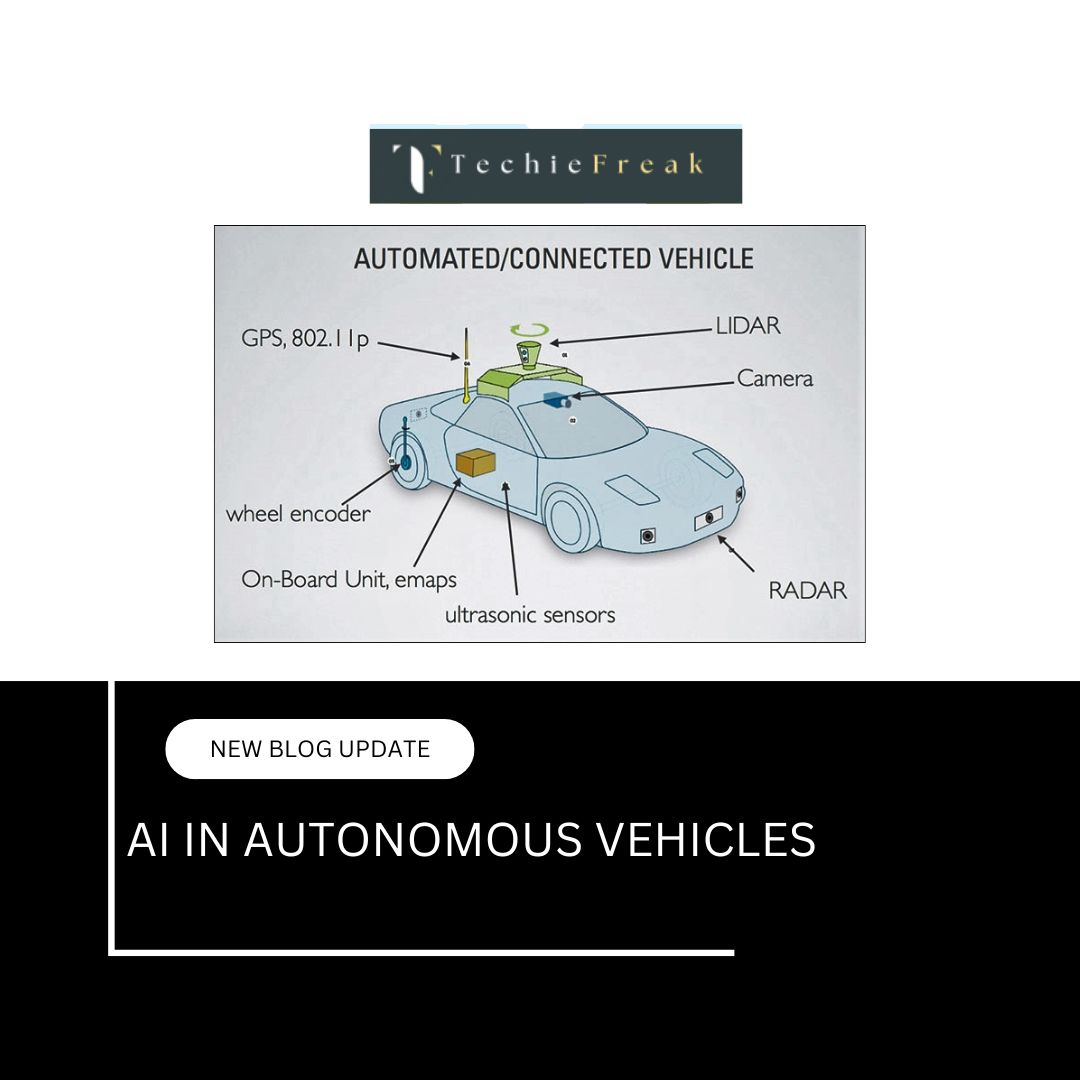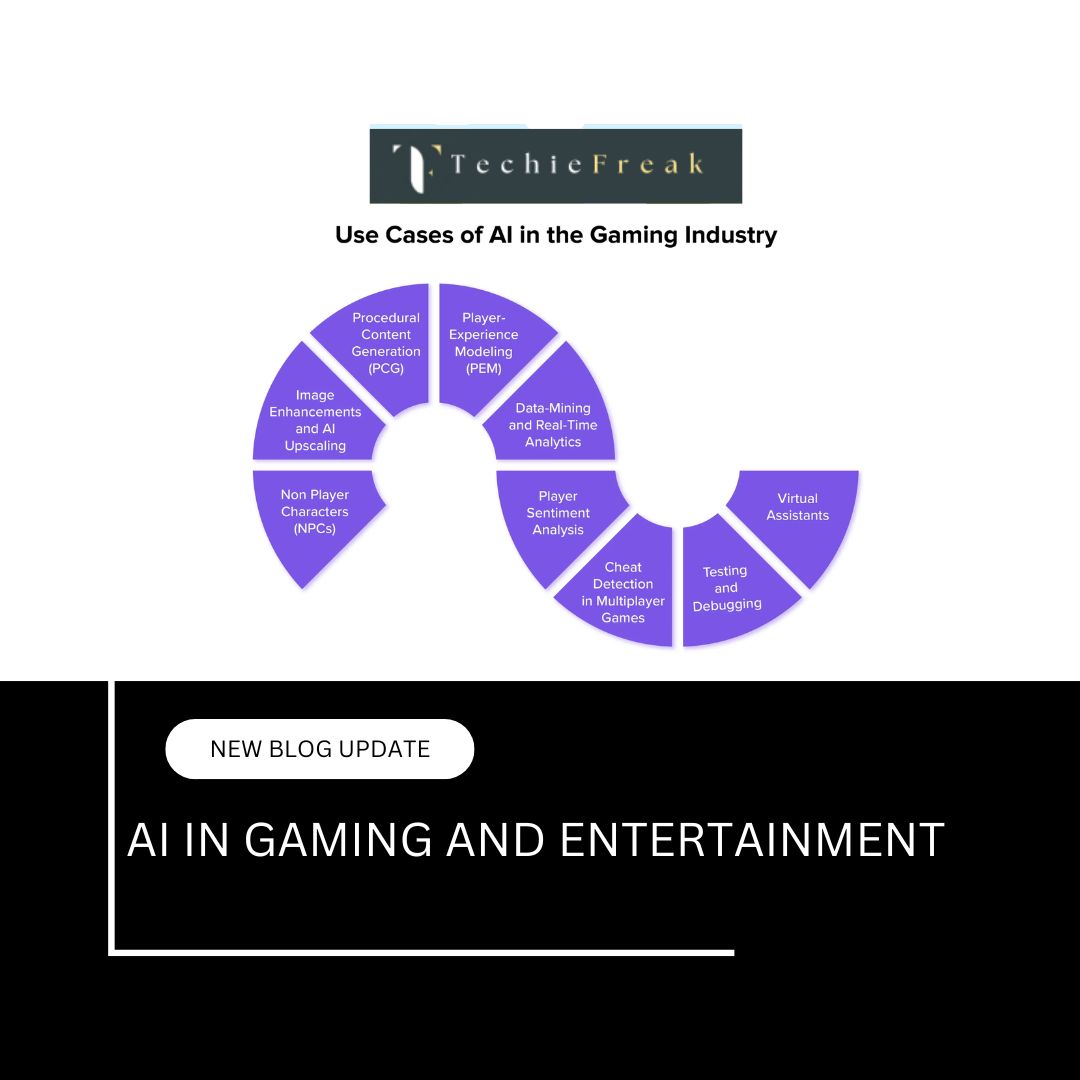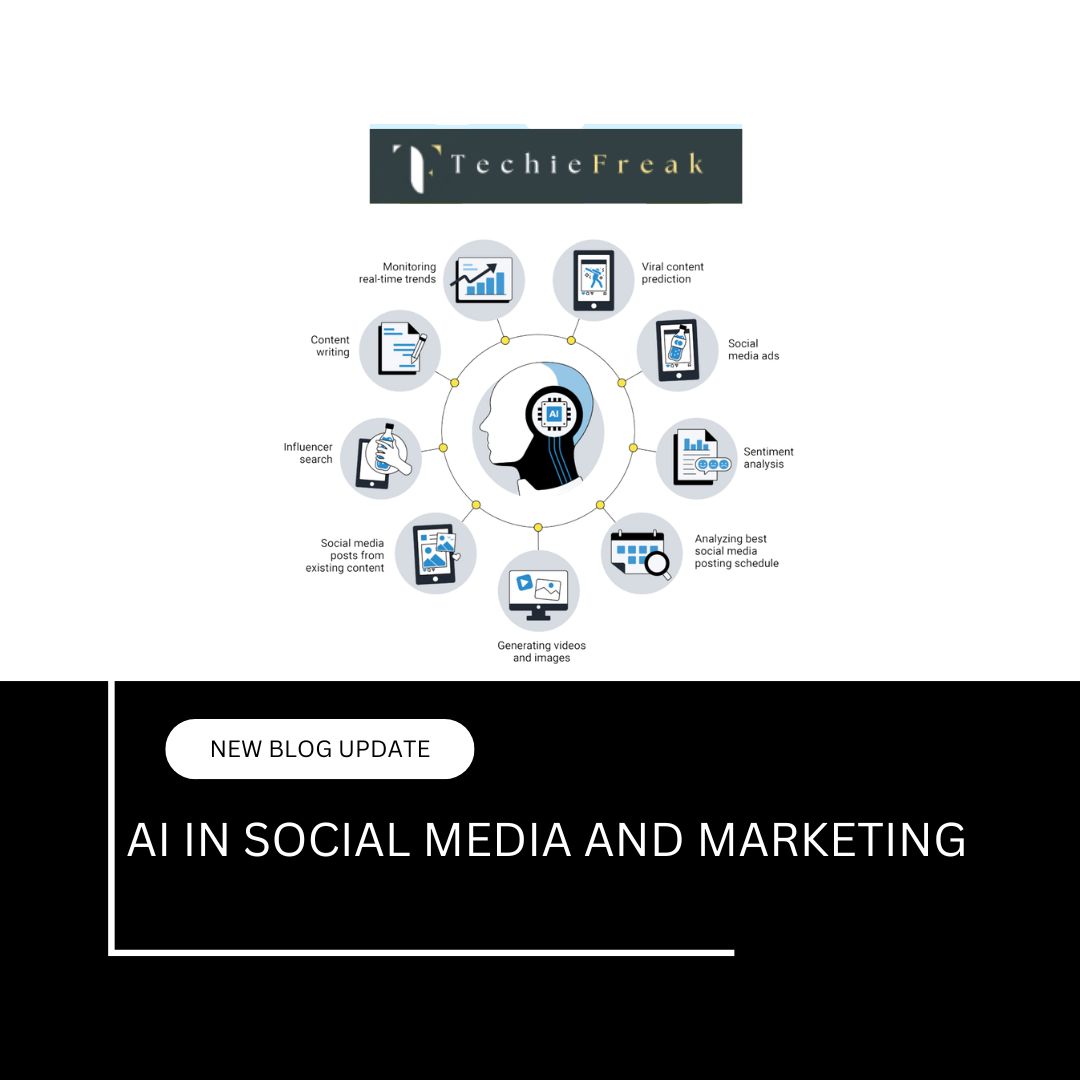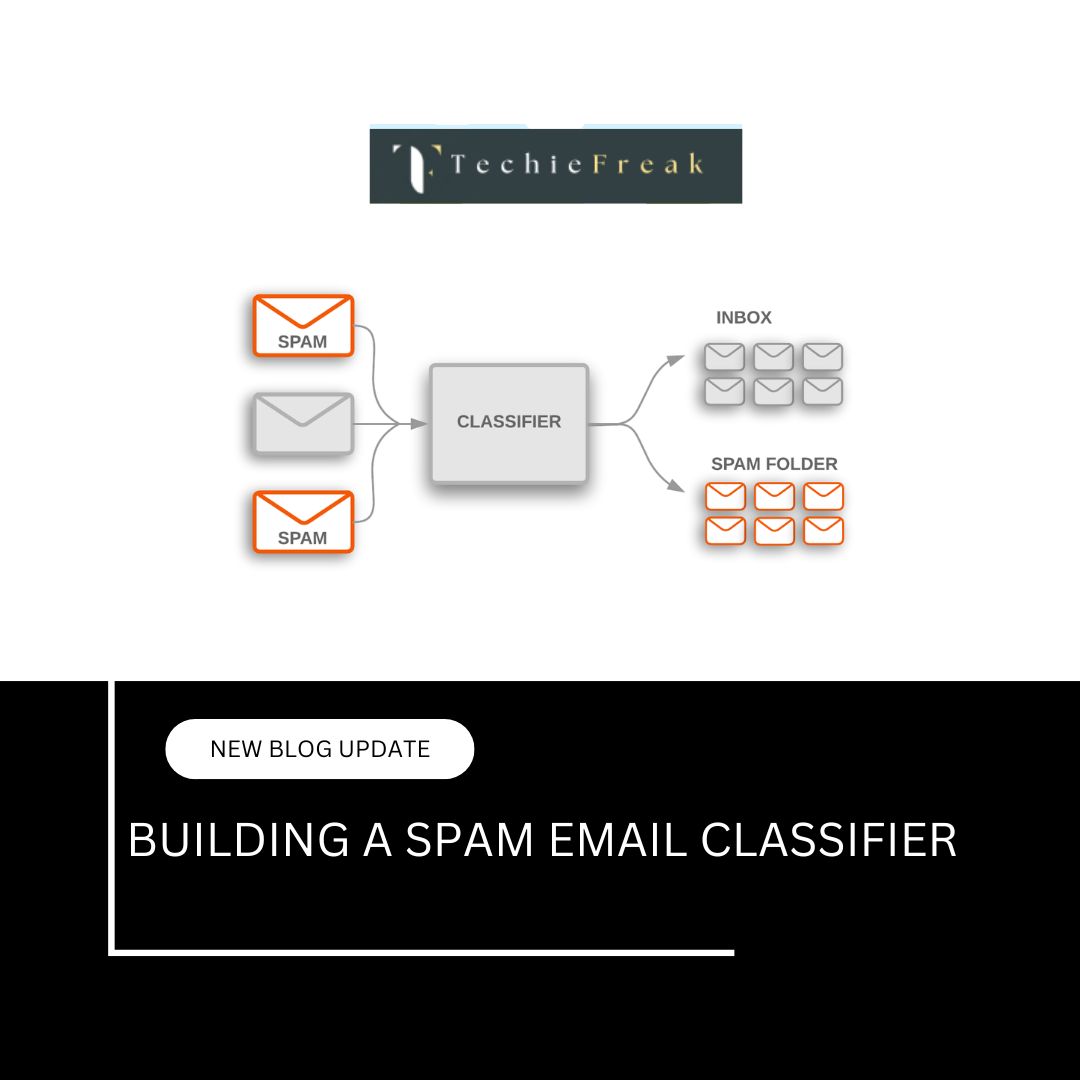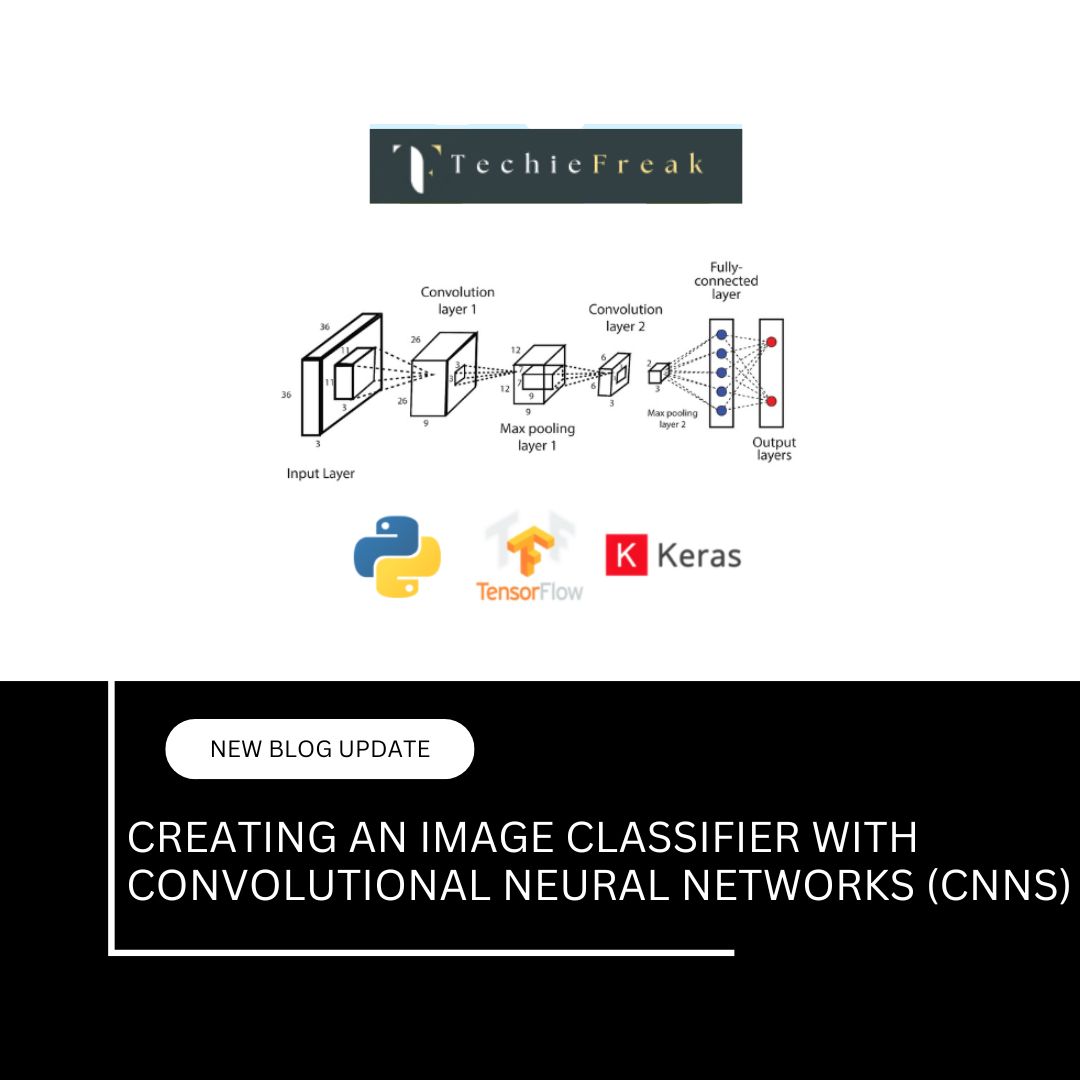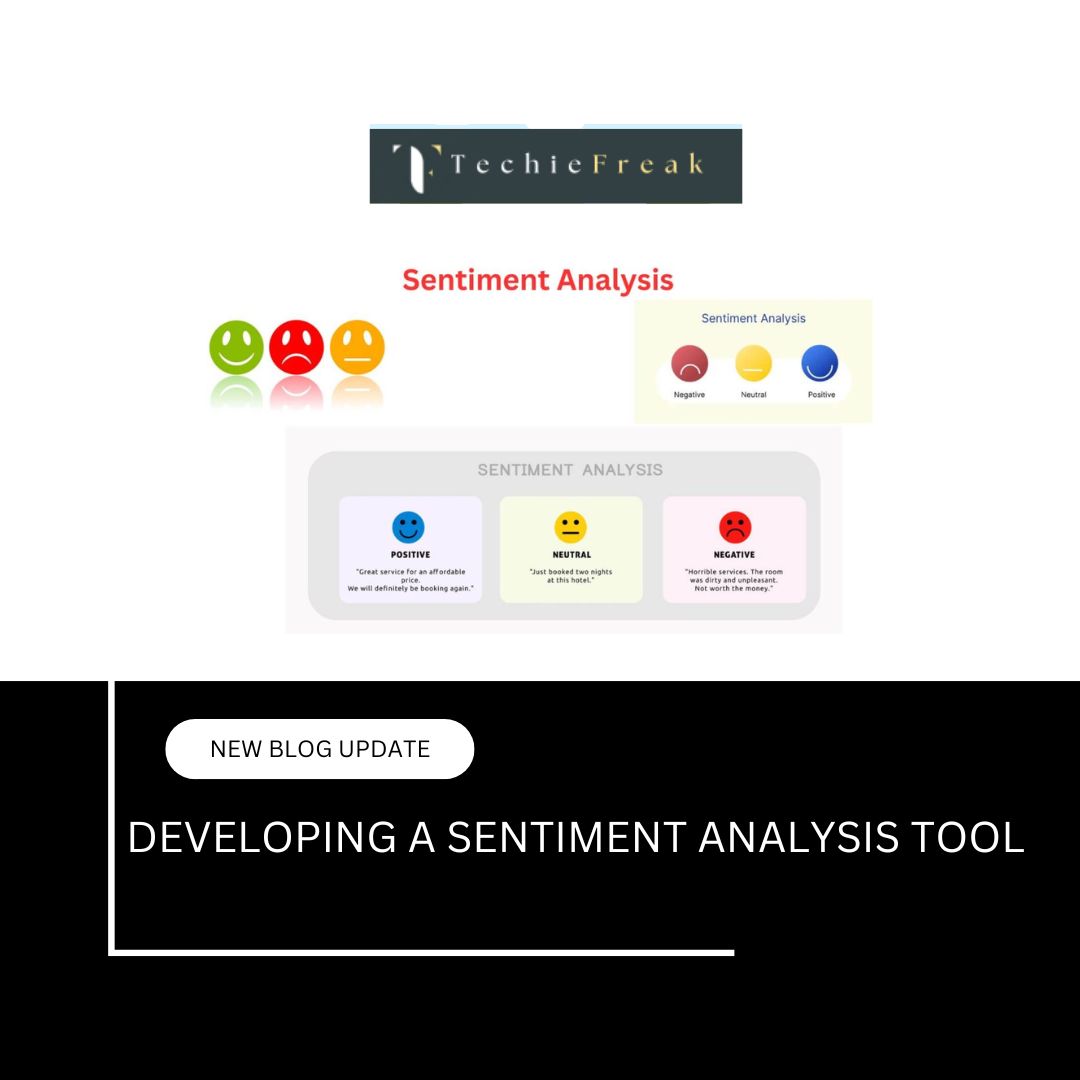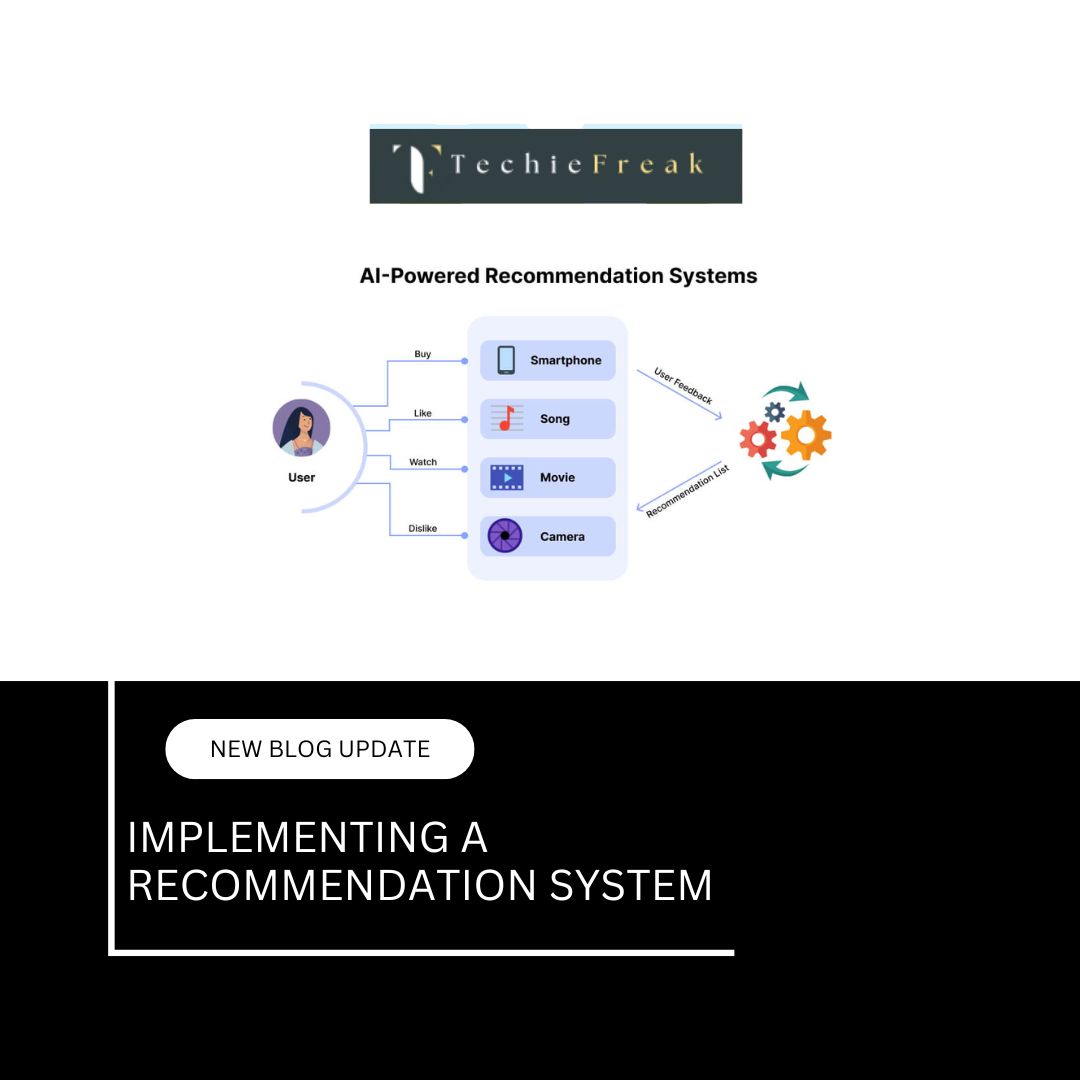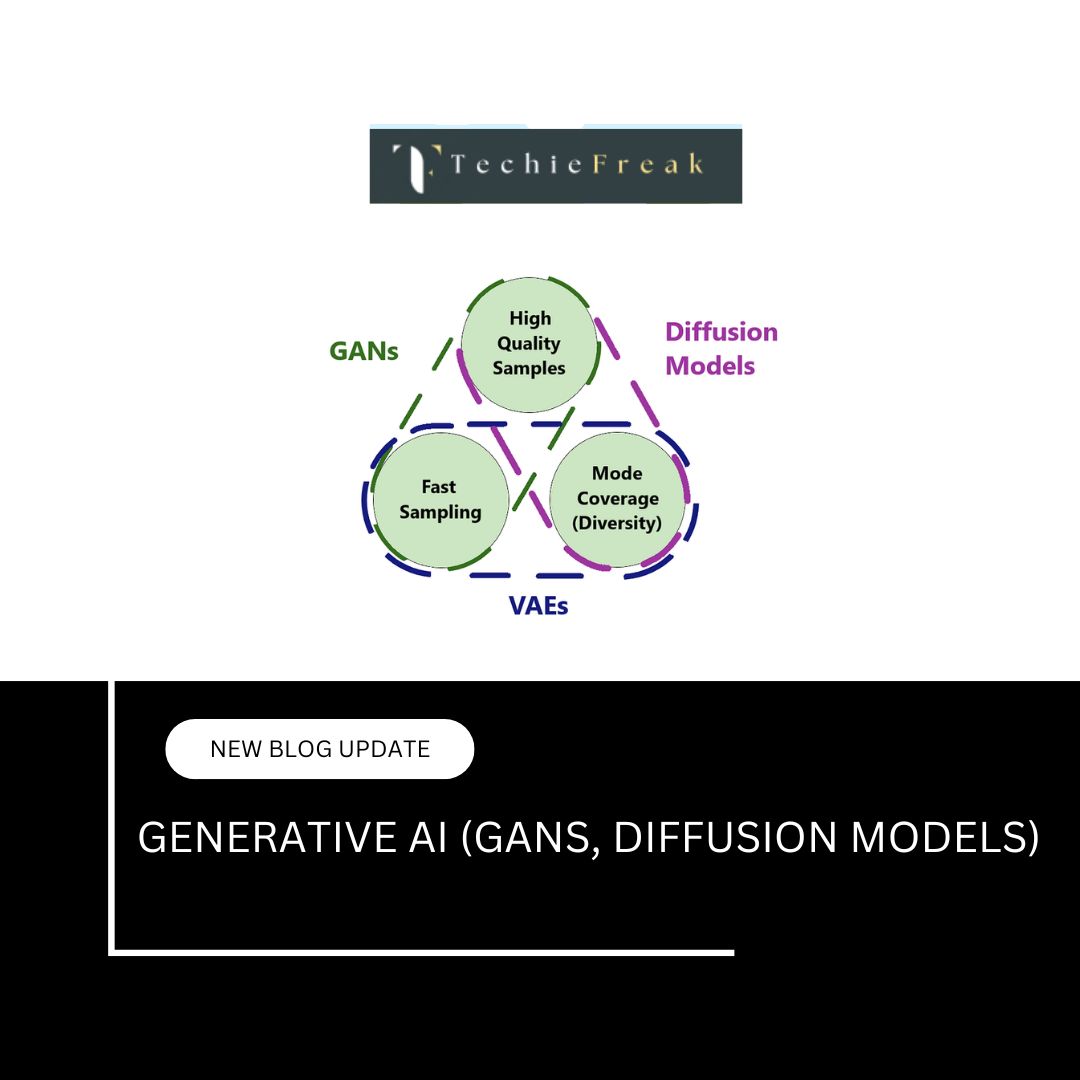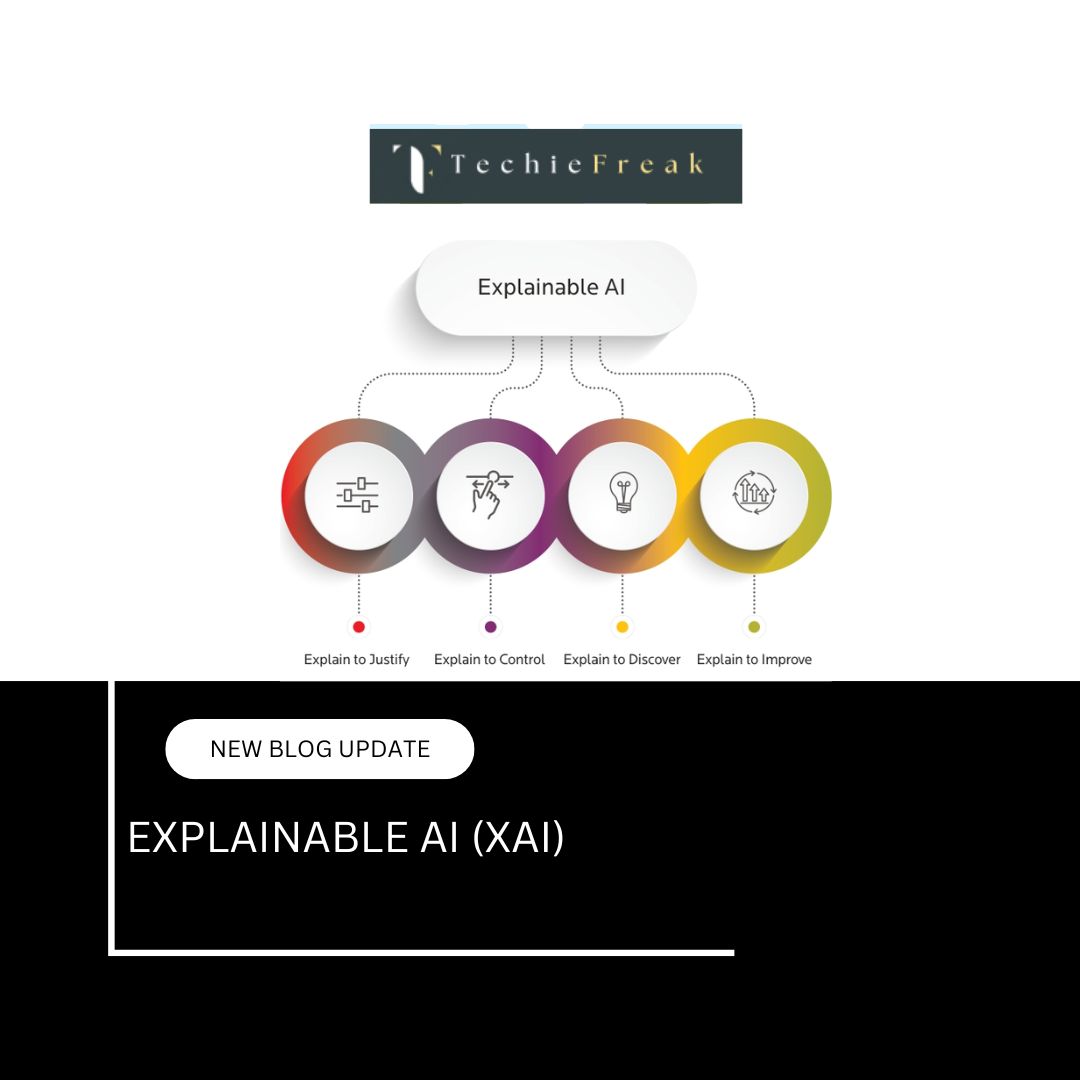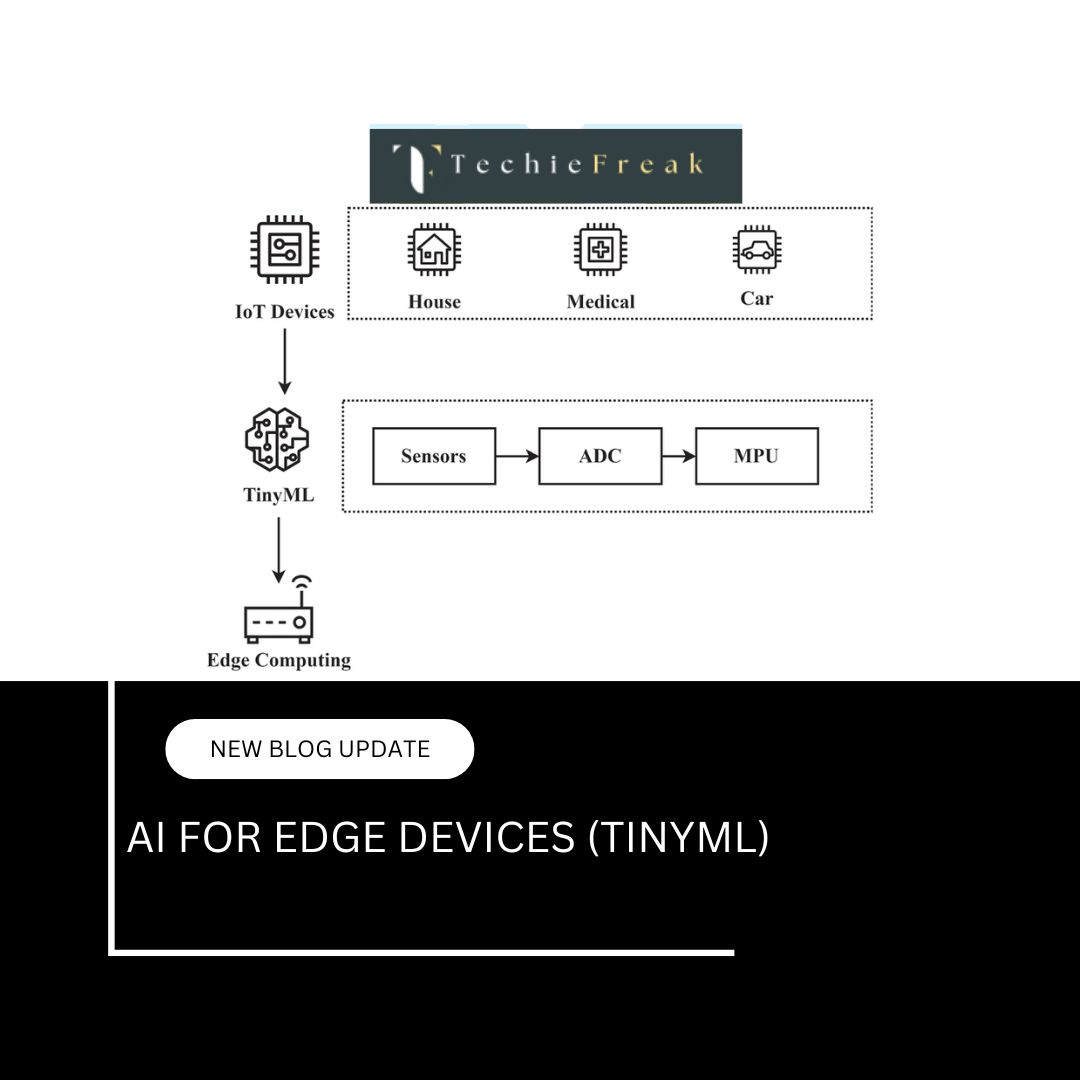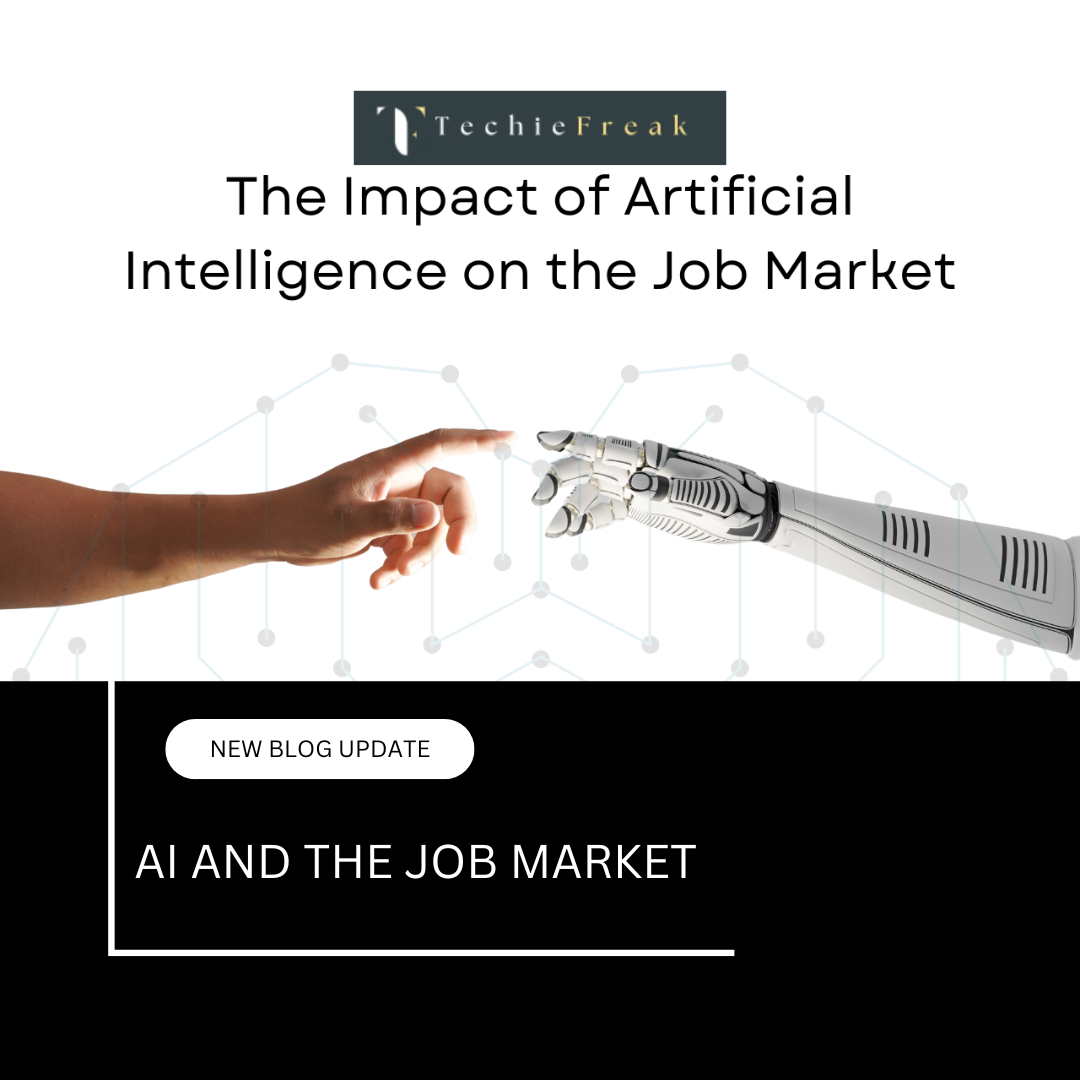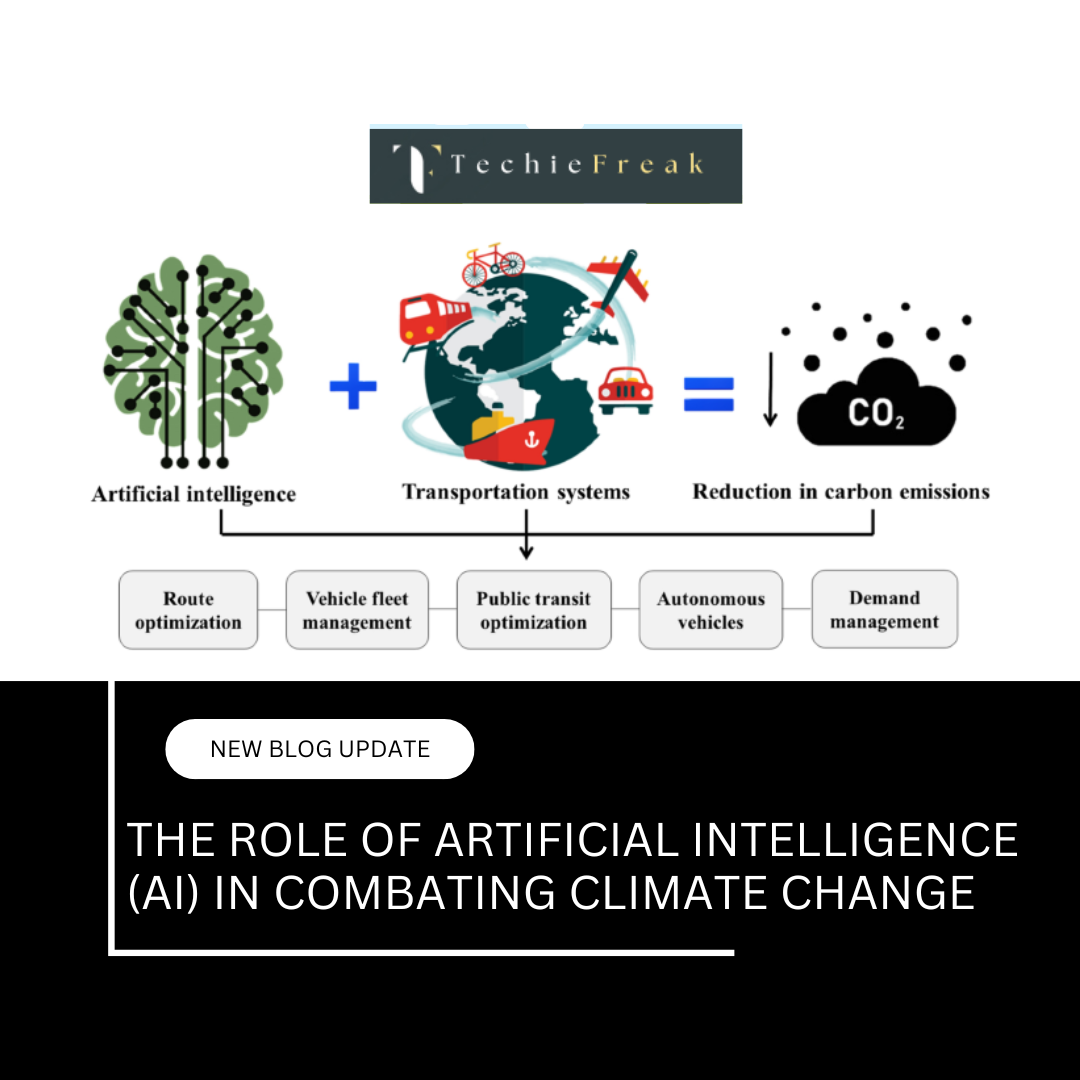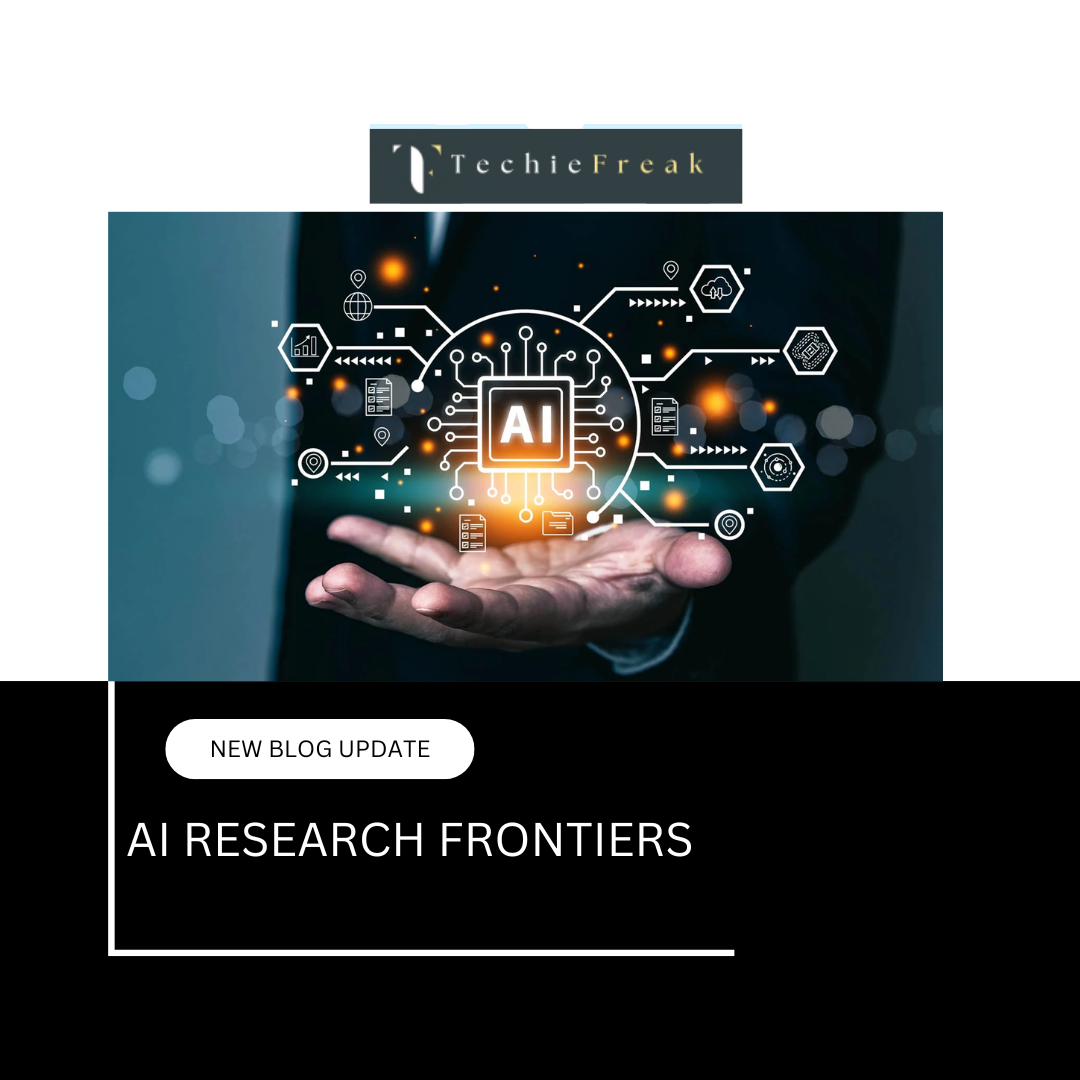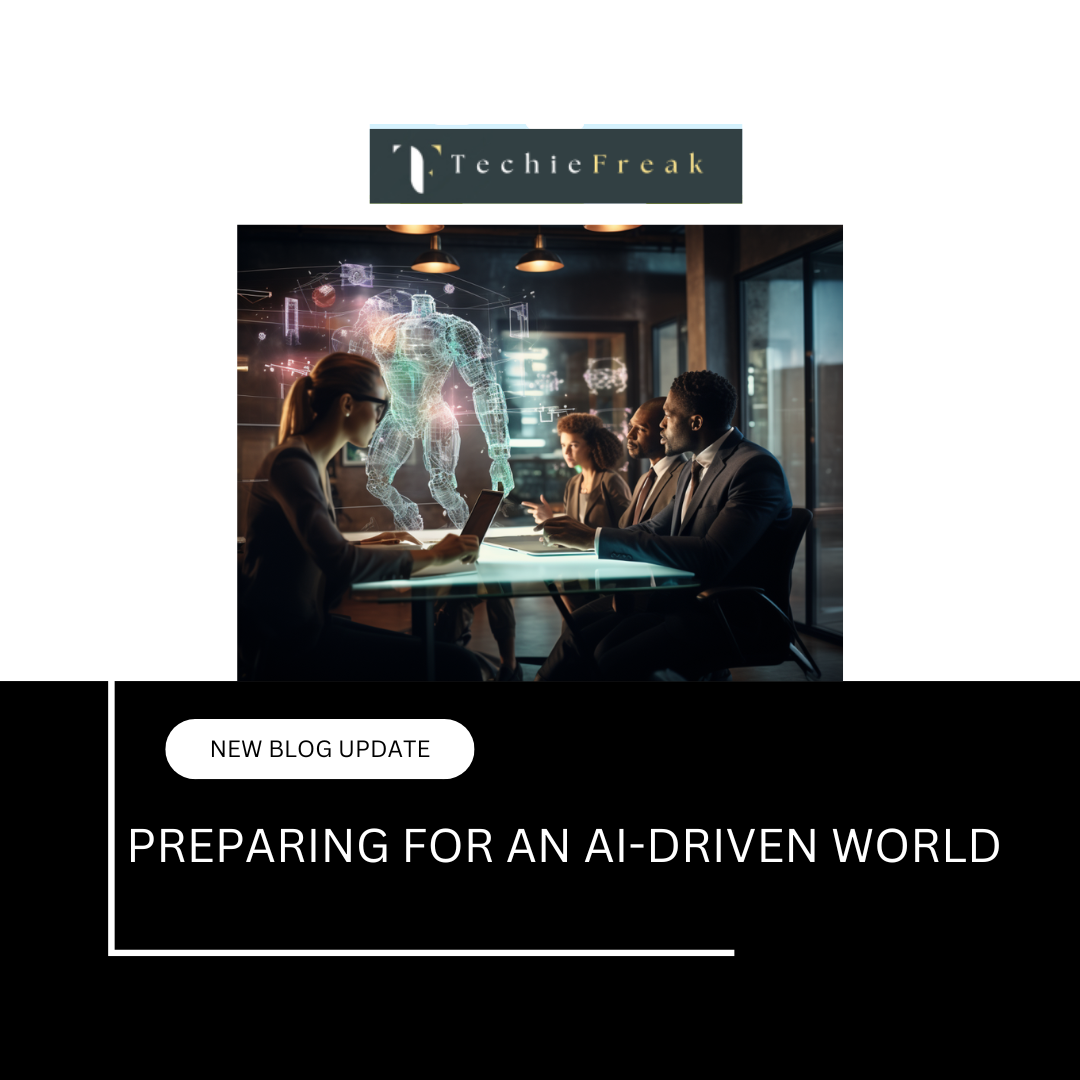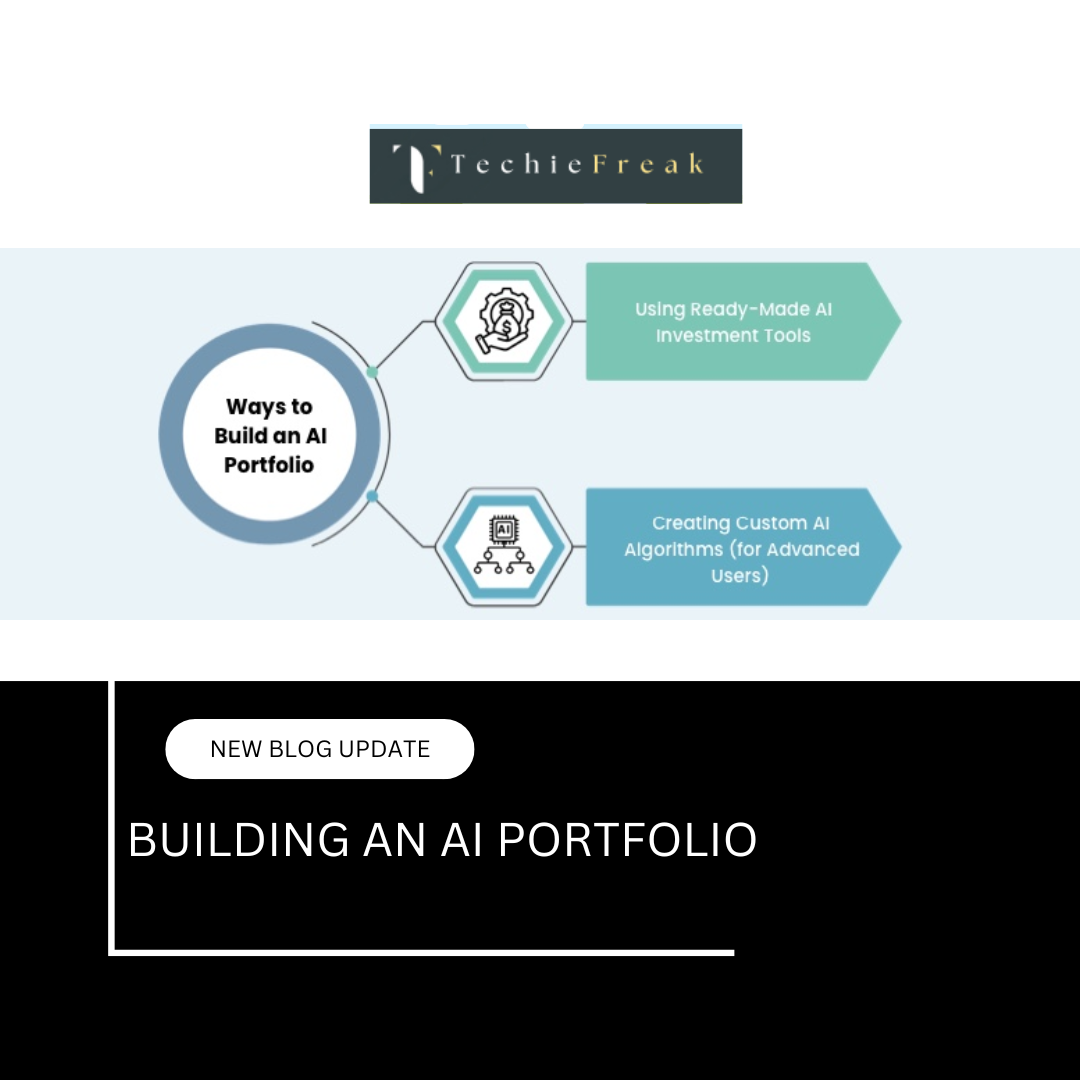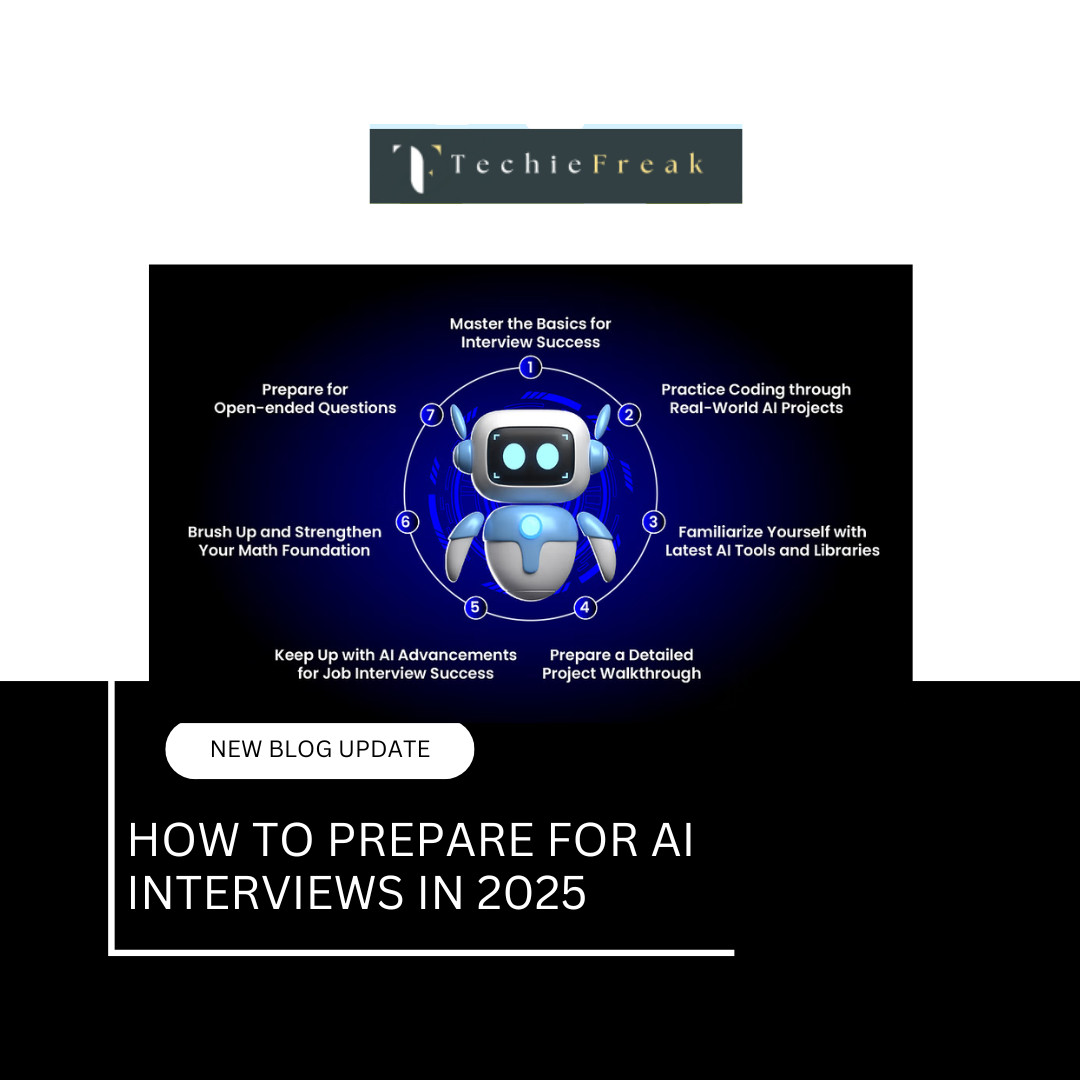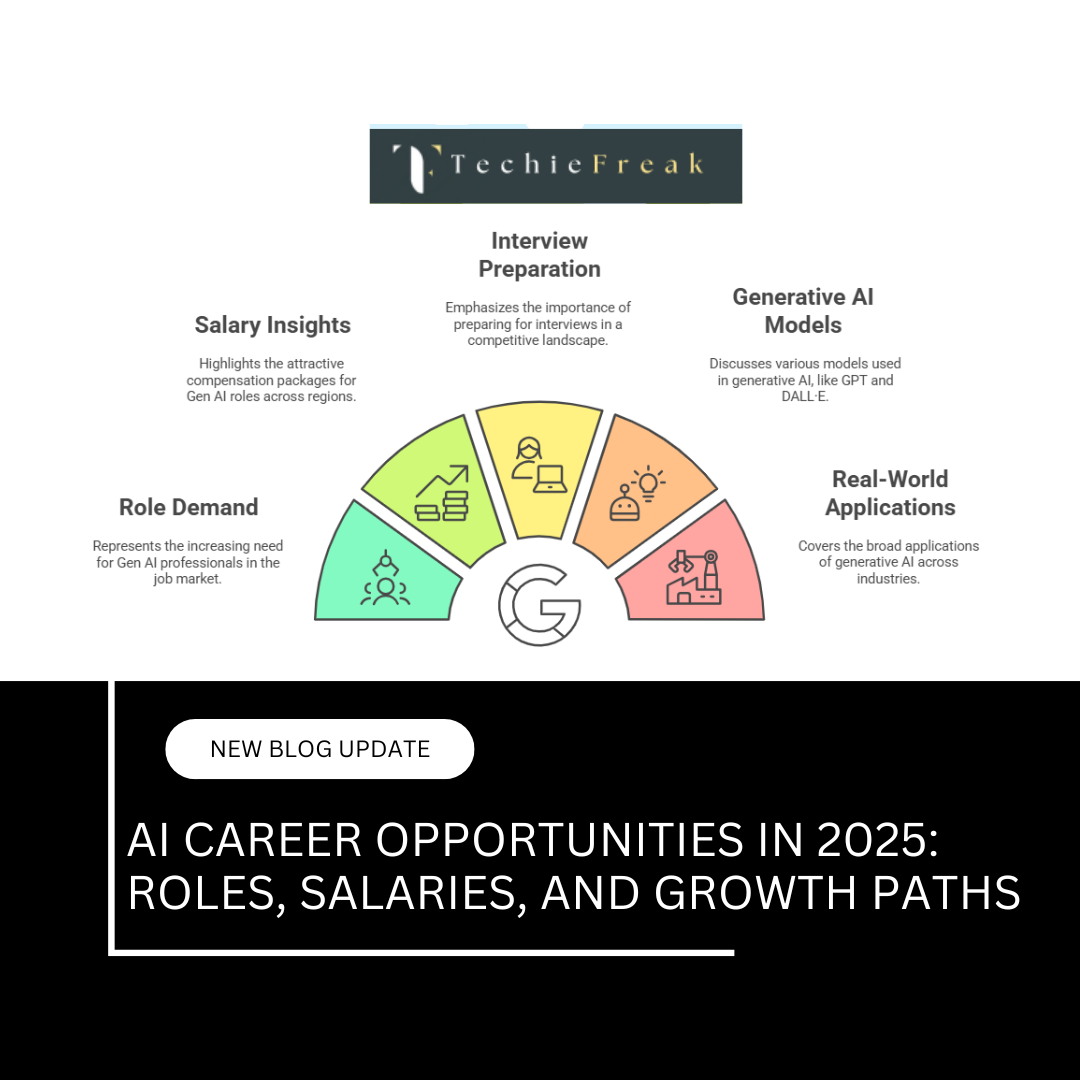What is Quantum Computing?
At its core, quantum computing is a revolutionary way of processing information, harnessing the principles of quantum mechanics to perform computations. Classical computers, which are based on classical physics, rely on bits as the smallest unit of data. Each bit is either a 0 or a 1. In contrast, quantum computers use qubits (quantum bits), which can be in a state of 0, 1, or a superposition of both simultaneously. This gives quantum computers the ability to perform many calculations at once, exponentially increasing their processing power.
To understand how quantum computers work, let's explore some key quantum principles:
1. Superposition
Classical bits can be in one of two states: 0 or 1. But qubits can exist in a state where they are both 0 and 1 simultaneously, a phenomenon called superposition. This allows quantum computers to process multiple possibilities in parallel, drastically reducing computation time for certain types of problems.
Example:
- If we have a quantum algorithm that needs to search through 100 possibilities, a classical computer would need to check each one individually, requiring 100 steps. A quantum computer, however, could examine all 100 possibilities simultaneously.
2. Entanglement
Another cornerstone of quantum computing is quantum entanglement. When two qubits are entangled, their states are dependent on each other. Changing the state of one qubit will immediately affect the state of the other, no matter how far apart they are. This allows quantum computers to perform complex operations that require large amounts of information exchange between qubits.
Example:
- In quantum AI, entangled qubits can process information across many systems simultaneously, improving data interaction and collaborative computations.
3. Quantum Interference
Quantum interference is a fundamental property that allows quantum computers to increase the probability of correct solutions while canceling out the incorrect ones. By manipulating the quantum states of qubits, algorithms can guide the system to the correct answer more efficiently than classical methods.
Example:
- Quantum algorithms, like Shor’s Algorithm for factoring large numbers, leverage interference to reduce the time complexity compared to classical algorithms.
How Does Quantum Computing Benefit AI?
Artificial Intelligence typically requires large datasets, complex calculations, and significant computational resources, particularly when tackling problems like machine learning, pattern recognition, and data analysis. Quantum computing, with its superposition and entanglement properties, offers solutions to these challenges, enabling AI systems to handle tasks more efficiently than classical computers. Here’s how quantum computing can directly enhance AI:
1. Quantum Machine Learning (QML)
Quantum machine learning (QML) combines quantum computing and machine learning to speed up training processes and solve machine learning problems more efficiently. Classical machine learning algorithms, like decision trees, support vector machines (SVM), and k-means clustering, face challenges as the size and complexity of datasets increase. Quantum computing can address these challenges by taking advantage of quantum superposition and parallelism to analyze data in ways that classical machines cannot.
Example:
- In QML, quantum computers can help accelerate linear algebra operations used in machine learning algorithms. For instance, quantum computers could help compute large matrix multiplications exponentially faster, which is a critical operation for many machine learning models.
2. Quantum Optimization
Optimization problems lie at the heart of many AI tasks, such as resource allocation, image recognition, and recommendation systems. Quantum Approximate Optimization Algorithm (QAOA) is a quantum algorithm designed to solve optimization problems more efficiently by exploiting quantum superposition to explore multiple solutions in parallel.
Example:
- In recommendation systems, quantum computing can help improve the optimization of personalized recommendations by evaluating all possible recommendations simultaneously. Instead of sequentially testing each option, quantum systems can consider many solutions at once and converge more quickly to the best one.
3. Quantum Neural Networks (QNN)
A Quantum Neural Network (QNN) uses quantum computing to perform faster and more efficient training of neural networks. Quantum versions of deep learning models, such as QNNs, can benefit from quantum parallelism to process large datasets and perform computations exponentially faster than classical deep learning networks.
Example:
- For image recognition tasks, quantum neural networks could process complex pixel data more effectively by exploring multiple potential patterns simultaneously. This could result in faster, more accurate recognition models.
4. Quantum Data Processing and Sampling
One of the significant challenges of AI is handling and processing large volumes of data. Quantum computers can speed up the process of quantum data sampling and data processing through quantum Fourier transforms and quantum data encoding. These quantum operations can allow AI systems to transform and process data faster than classical algorithms.
Example:
- In natural language processing (NLP), quantum computers could be used to speed up tasks such as tokenization, part-of-speech tagging, and named entity recognition. By leveraging quantum operations, quantum computers could process and analyze large corpora of text more efficiently, leading to faster language models.
Challenges in Quantum Computing for AI
While quantum computing holds promise for AI, there are still significant hurdles that need to be addressed:
1. Quantum Hardware Limitations
Current quantum computers are limited by the number of qubits they can manage, the noise in quantum circuits, and their susceptibility to errors. The hardware is still in the Noisy Intermediate-Scale Quantum (NISQ) era, meaning that the quantum computers available today are not yet powerful or stable enough for large-scale AI applications.
- Solution: Researchers are working on quantum error correction to make quantum computers more robust and reliable.
2. Algorithm Development
Quantum algorithms that specifically target AI tasks are still under development. While certain quantum algorithms, such as Grover's Algorithm for database search or Shor’s Algorithm for integer factorization, are well known, quantum algorithms for machine learning and AI are still being researched and tested.
- Solution: Developing new quantum algorithms and enhancing the existing ones is critical for realizing the full potential of quantum computing in AI.
3. Integration with Classical Systems
Quantum computers won’t replace classical computers; instead, they will complement them. Integrating quantum computers into existing AI workflows is a challenge because it requires seamless communication between quantum systems and classical systems.
- Solution: Hybrid computing systems, where quantum and classical computers work together, will likely emerge as a solution. Quantum computing platforms such as IBM Quantum, Google Quantum AI, and Microsoft Quantum are already working on hybrid models.
Applications of Quantum Computing in AI
As quantum computing matures, it is expected to have a profound impact across a variety of AI applications:
1. Healthcare
Quantum computing could significantly speed up AI’s ability to process medical data, predict disease outbreaks, and assist in drug discovery. By simulating molecular structures and genetic sequences with quantum computers, AI could provide more accurate diagnoses and recommend personalized treatments.
Example: Quantum computing could help AI systems analyze complex genetic data more efficiently, accelerating the identification of genetic markers for diseases like cancer or Alzheimer's.
2. Finance
In finance, AI models rely on vast datasets and sophisticated predictive models for tasks such as risk analysis, portfolio optimization, and fraud detection. Quantum computing could provide faster computation, allowing AI systems to handle more complex financial models and solve optimization problems more efficiently.
Example: Quantum computing could improve AI’s ability to optimize investment portfolios by rapidly analyzing large sets of financial data.
3. Climate Change Modeling
AI systems that model climate change need to process large amounts of data from diverse sources such as satellite imagery, weather patterns, and oceanic data. Quantum computing can help speed up these simulations, providing more accurate predictions of climate behavior and improving efforts to address climate change.
Example: Quantum computing could accelerate AI’s ability to simulate climate models, helping scientists predict weather patterns, sea-level rise, and the effects of various interventions.
4. Cybersecurity
Quantum computing will play a crucial role in enhancing the security of AI systems. While quantum computing poses a potential risk to traditional cryptography (quantum computers could break widely-used encryption algorithms), it also has the potential to develop more secure quantum encryption methods.
Example: AI systems could use quantum encryption techniques to secure communications, ensuring data privacy and integrity even in the face of quantum-enabled attacks.
The Future of Quantum Computing in AI
The future of quantum computing in AI is extremely promising, but many challenges remain. The quantum computing industry is still in its infancy, and researchers are focused on making quantum computers more powerful, stable, and accessible. As quantum computers become more sophisticated, AI systems will become more capable, opening up new frontiers in areas such as optimization, simulation, healthcare, and beyond.
Key Developments to Look For:
- Quantum Hardware Scaling: As the number of qubits in quantum computers increases, so does their computational power. Companies like IBM, Google, and Rigetti are working on scaling quantum hardware for real-world applications.
- Improved Algorithms: Quantum machine learning algorithms are expected to evolve, making quantum computers more suitable for a broader range of AI tasks.
- Hybrid Models: The future of quantum computing in AI likely lies in hybrid systems, where classical and quantum computers work together to tackle problems more efficiently.
Conclusion
The intersection of quantum computing and AI presents a transformative opportunity for numerous industries, offering a significant boost to AI’s computational power and efficiency. However, while the promise is immense, it is crucial to remember that we are still in the early stages of quantum computing. The next few years will likely be a period of discovery, with advances in quantum hardware, algorithm development, and hybrid systems.
Quantum computing is not just a theoretical concept but an exciting practical frontier in AI, poised to accelerate problem-solving and open new possibilities in fields ranging from healthcare and finance to climate modeling and cybersecurity. As quantum technology matures, it will undoubtedly become an essential tool for AI, enabling solutions to some of the world's most pressing challenges.
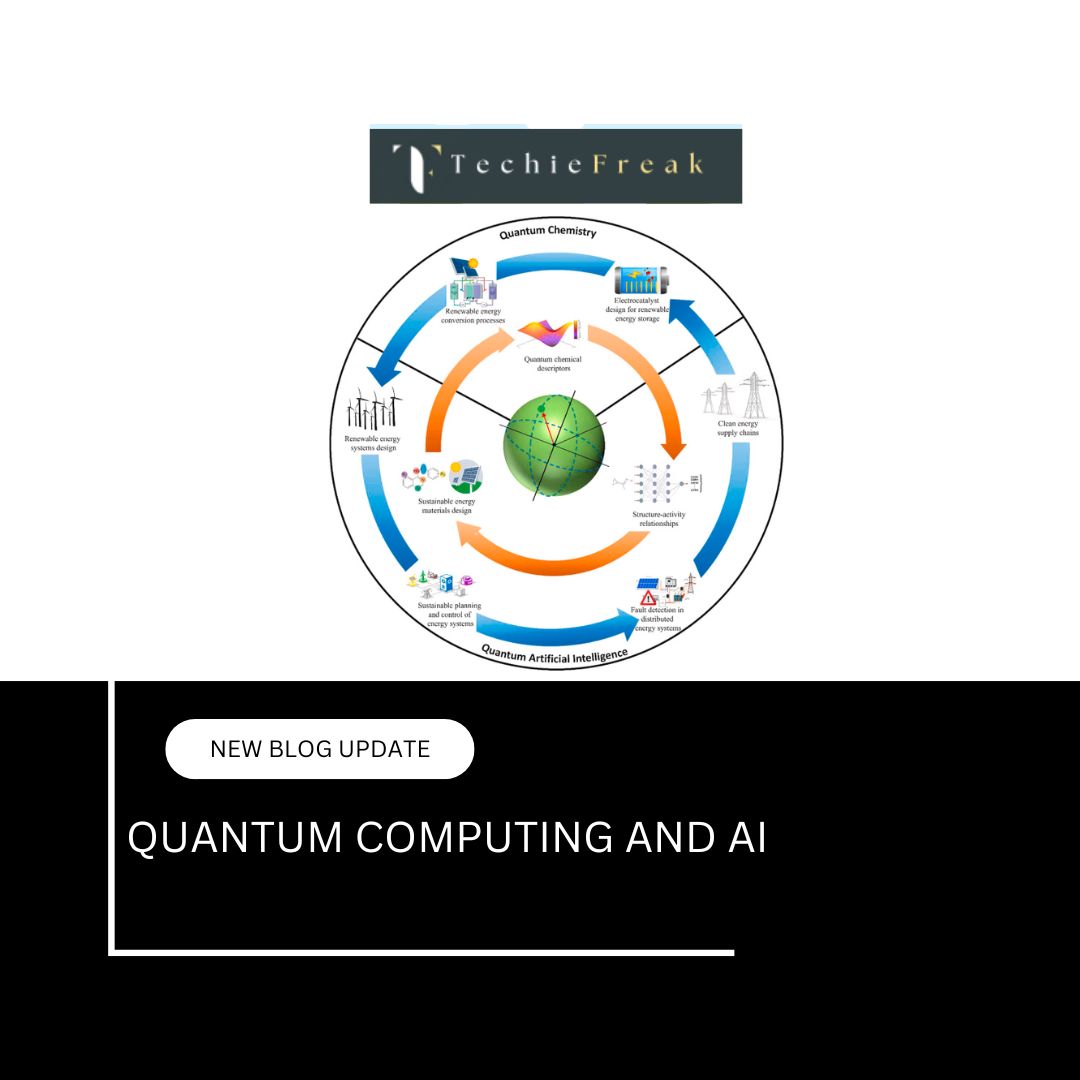


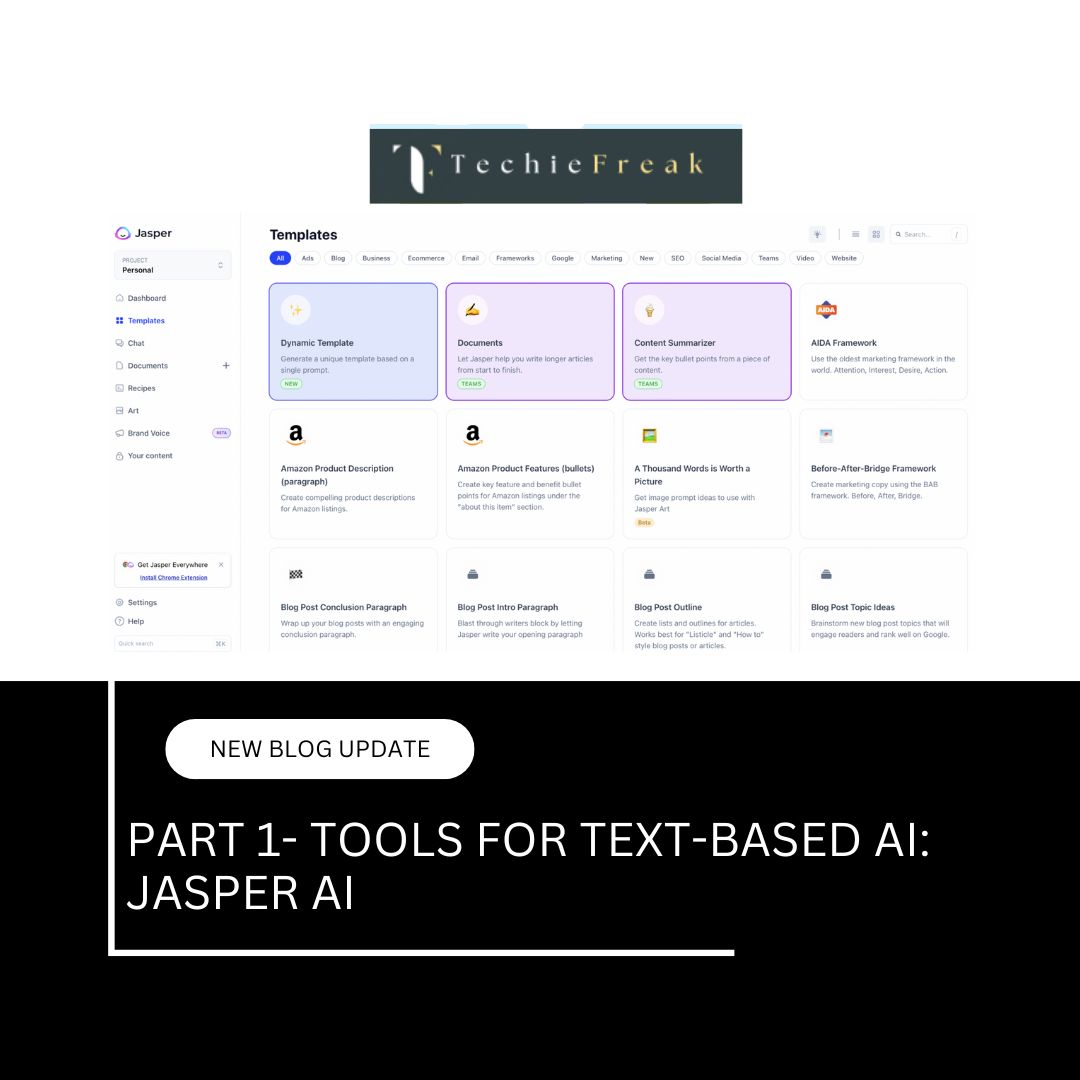
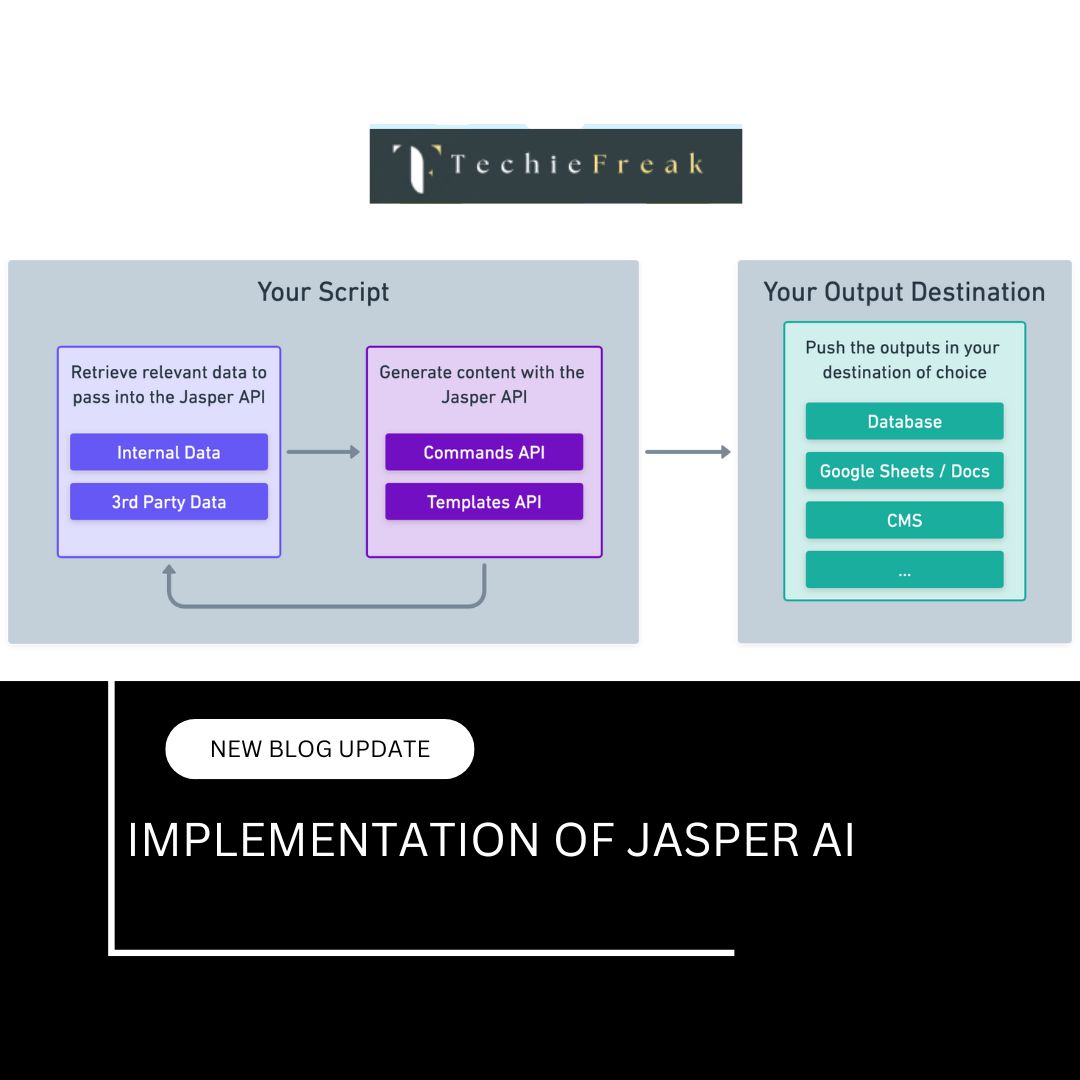
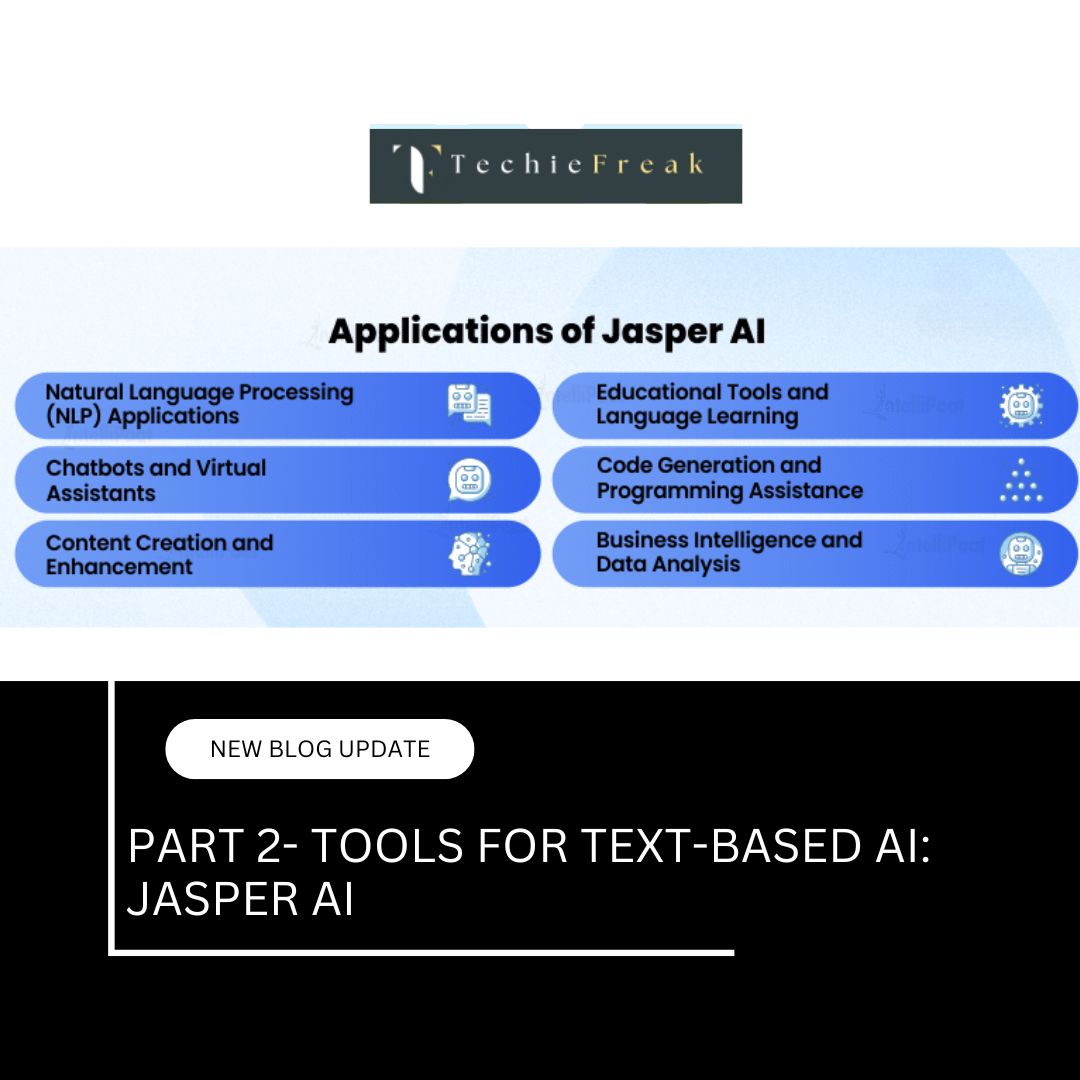
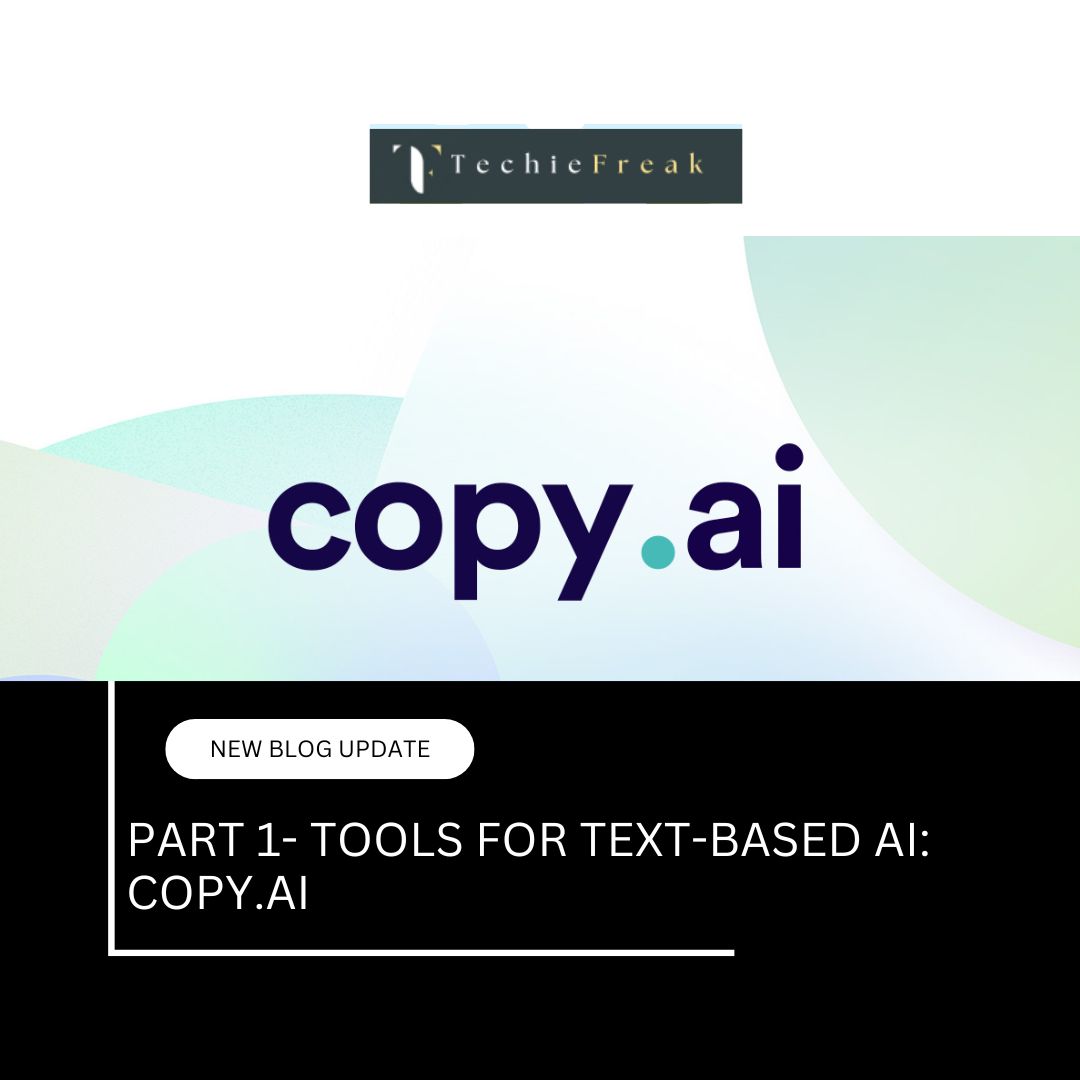
.jpg)
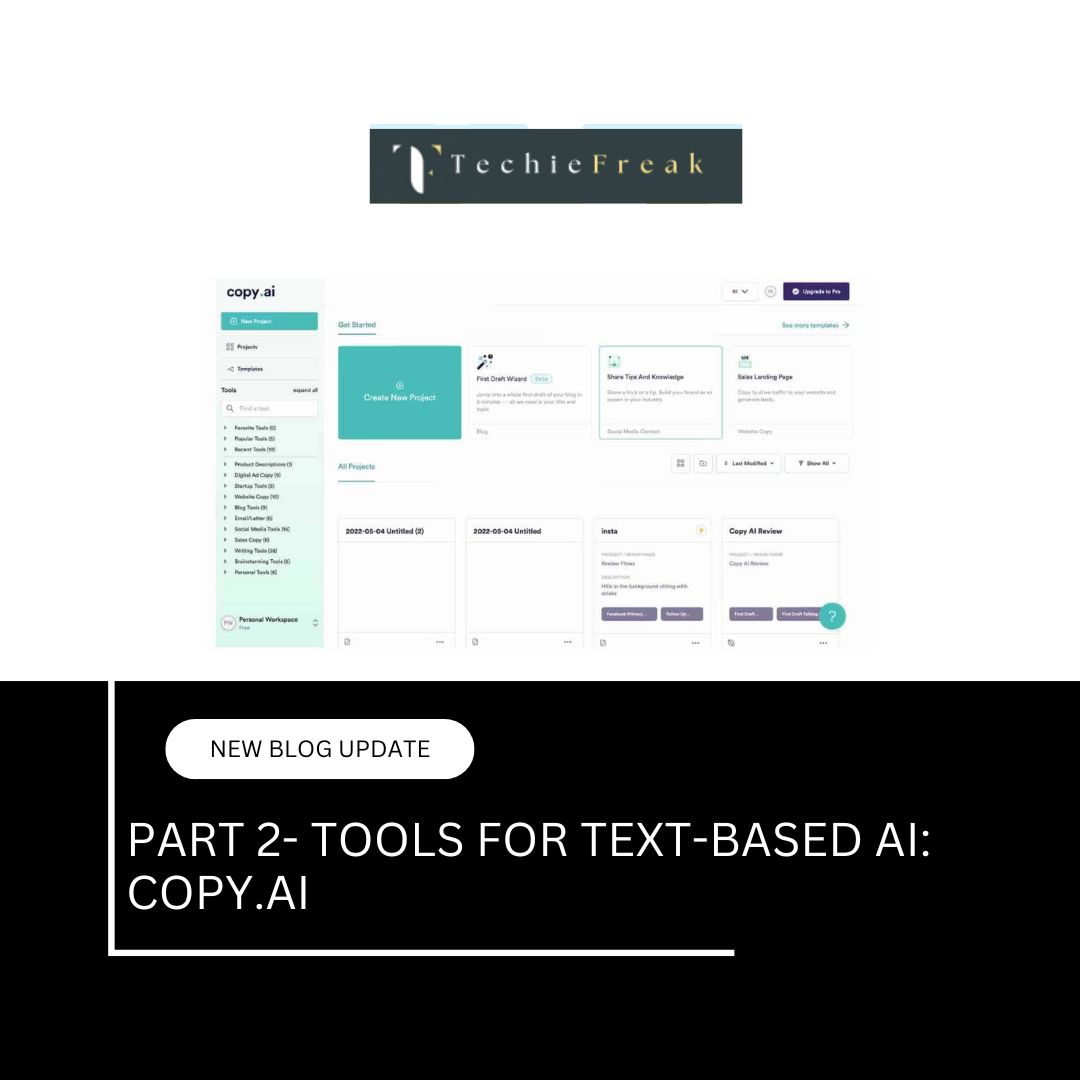
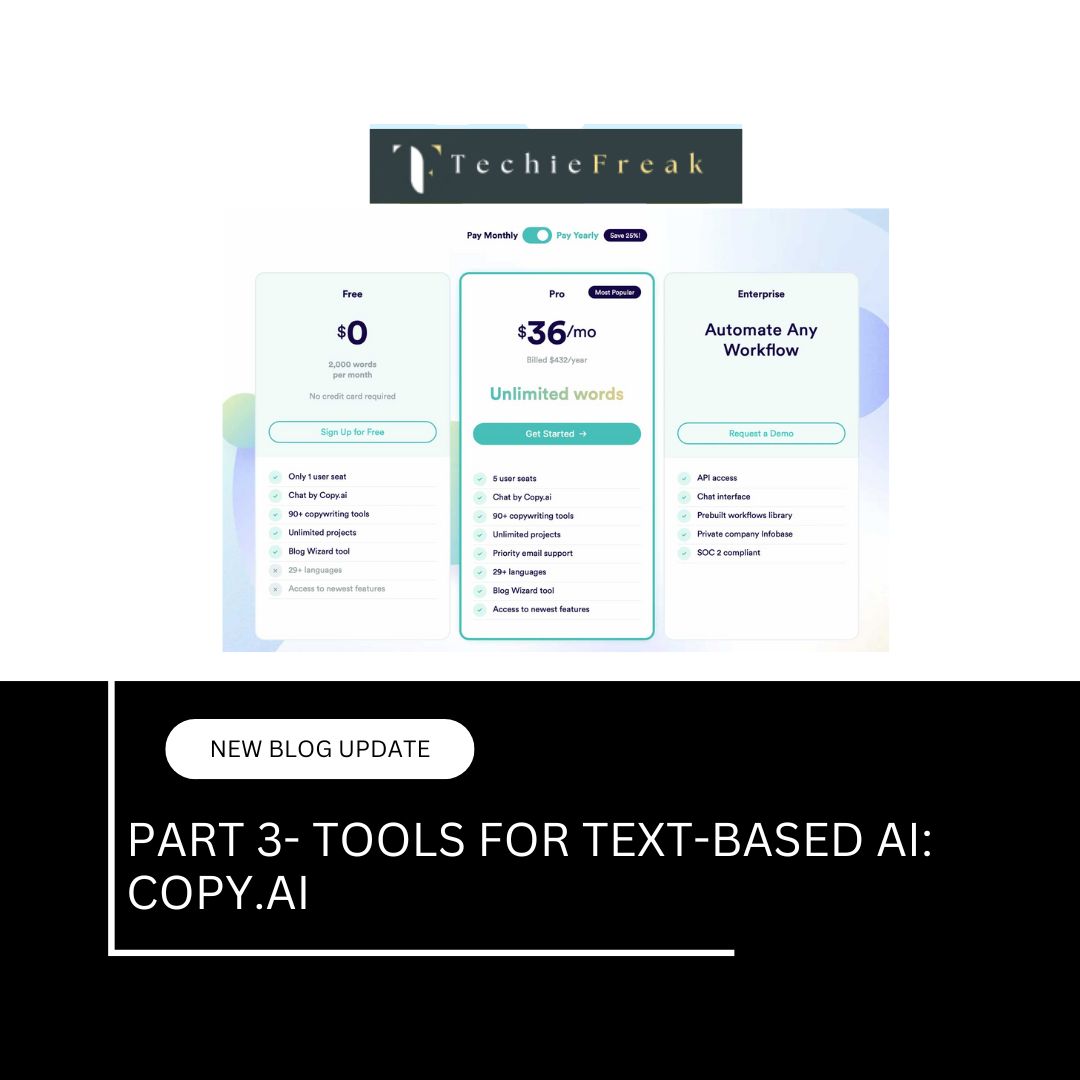
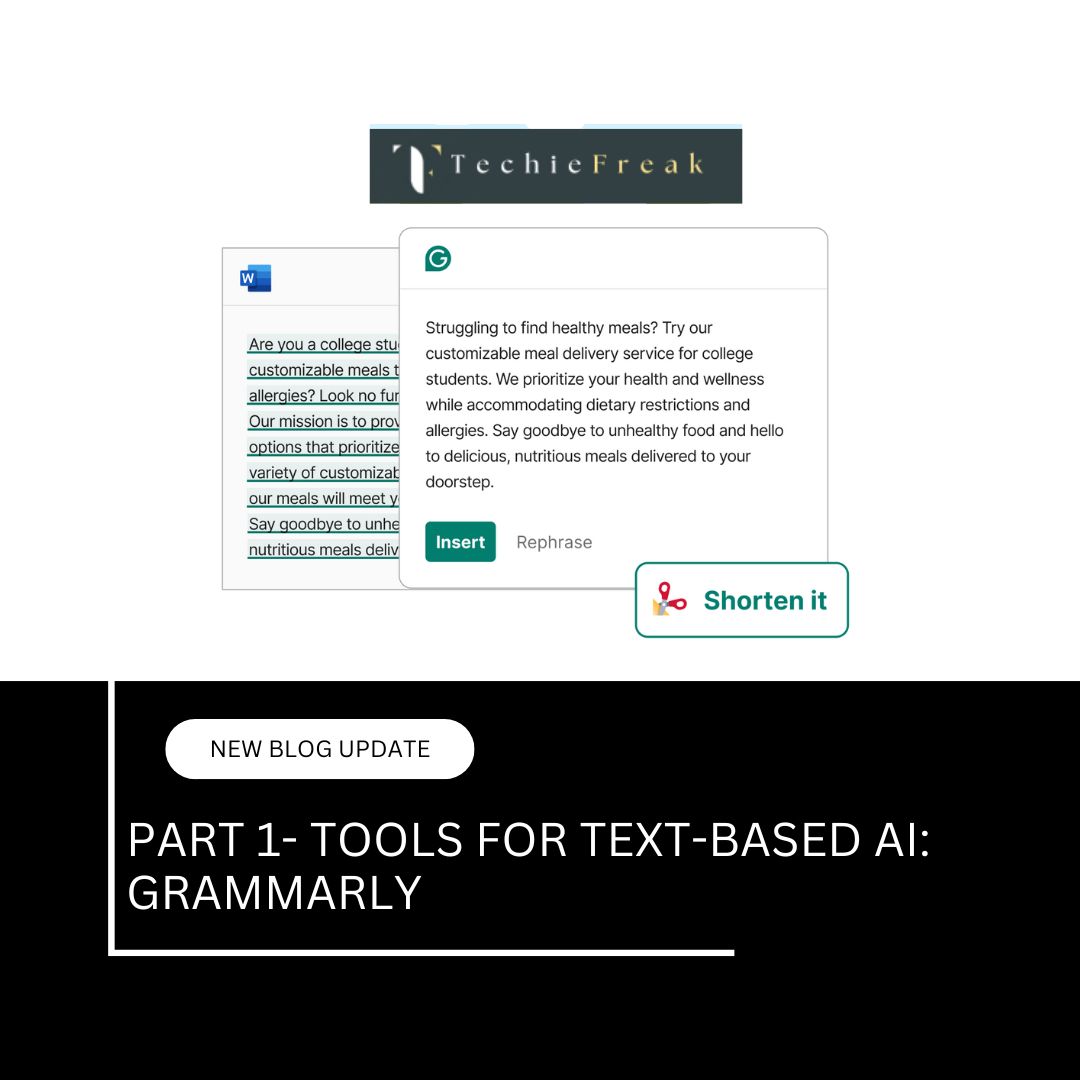
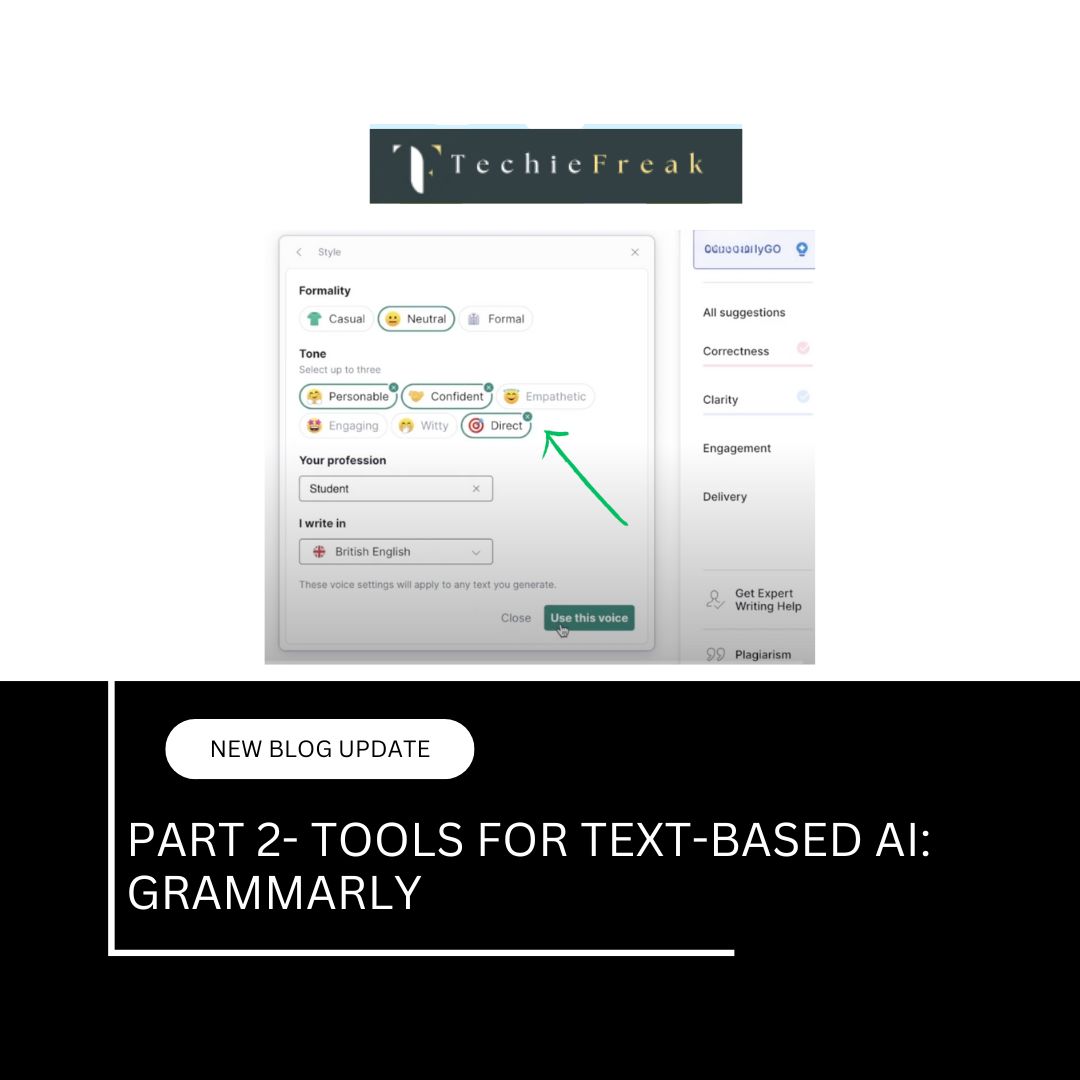
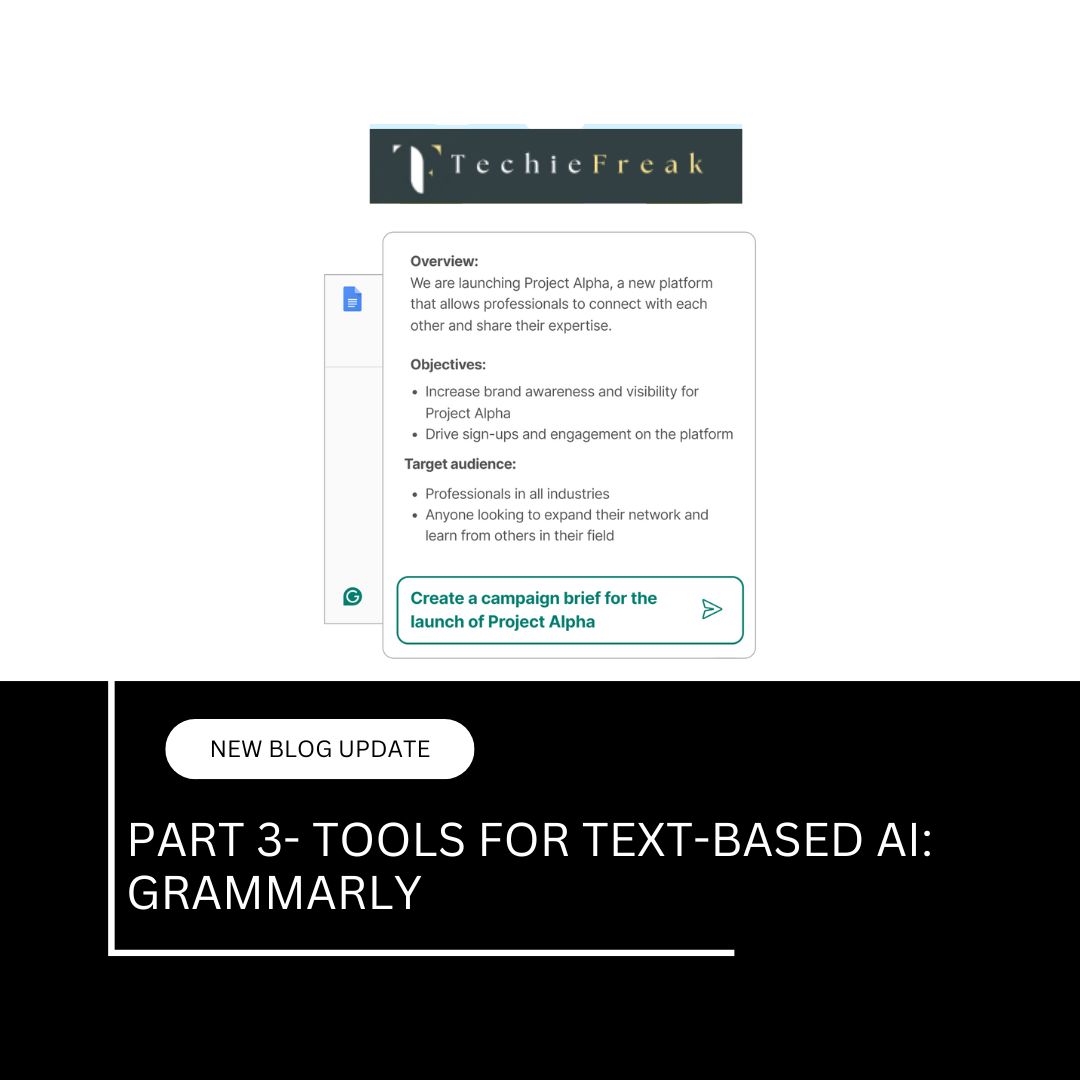
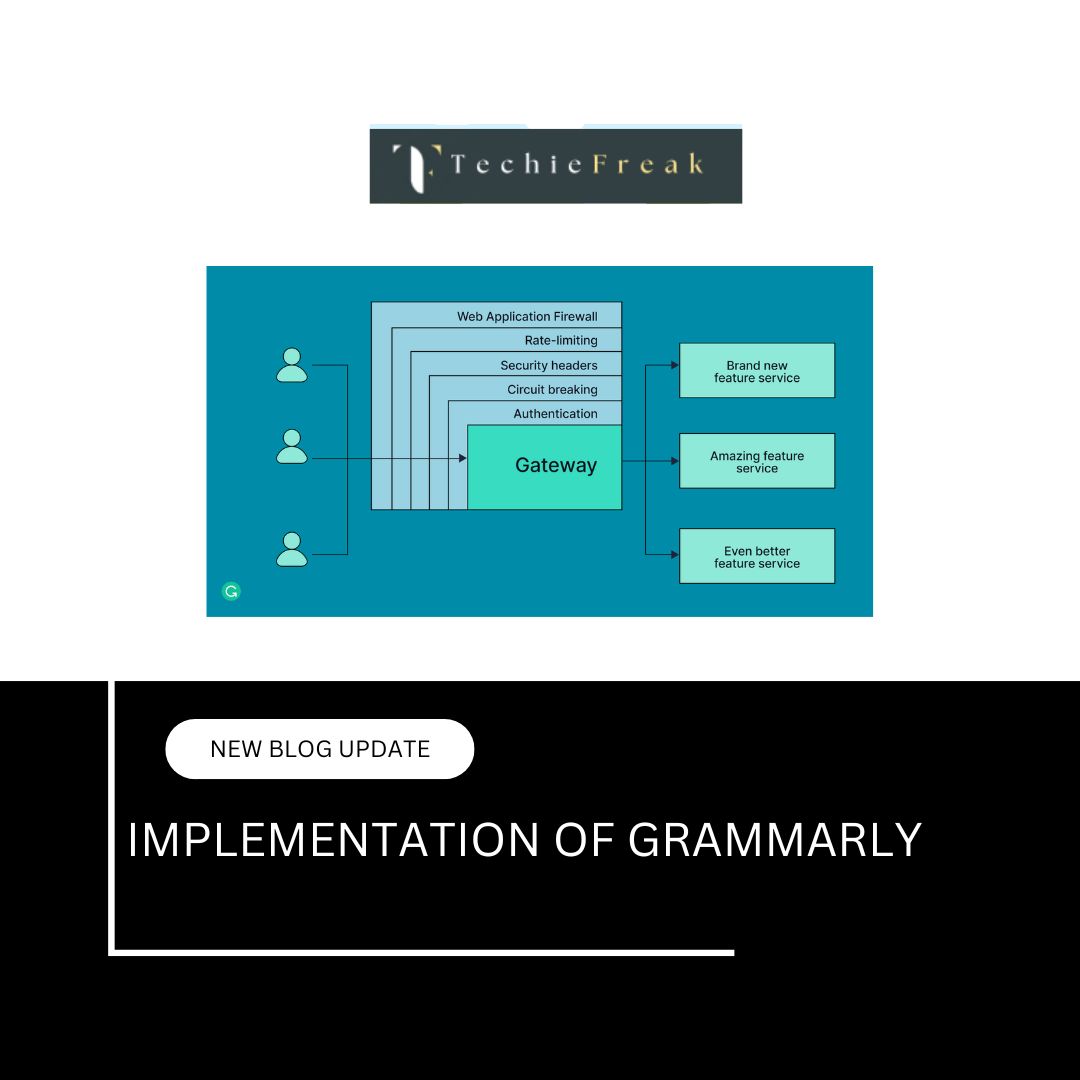

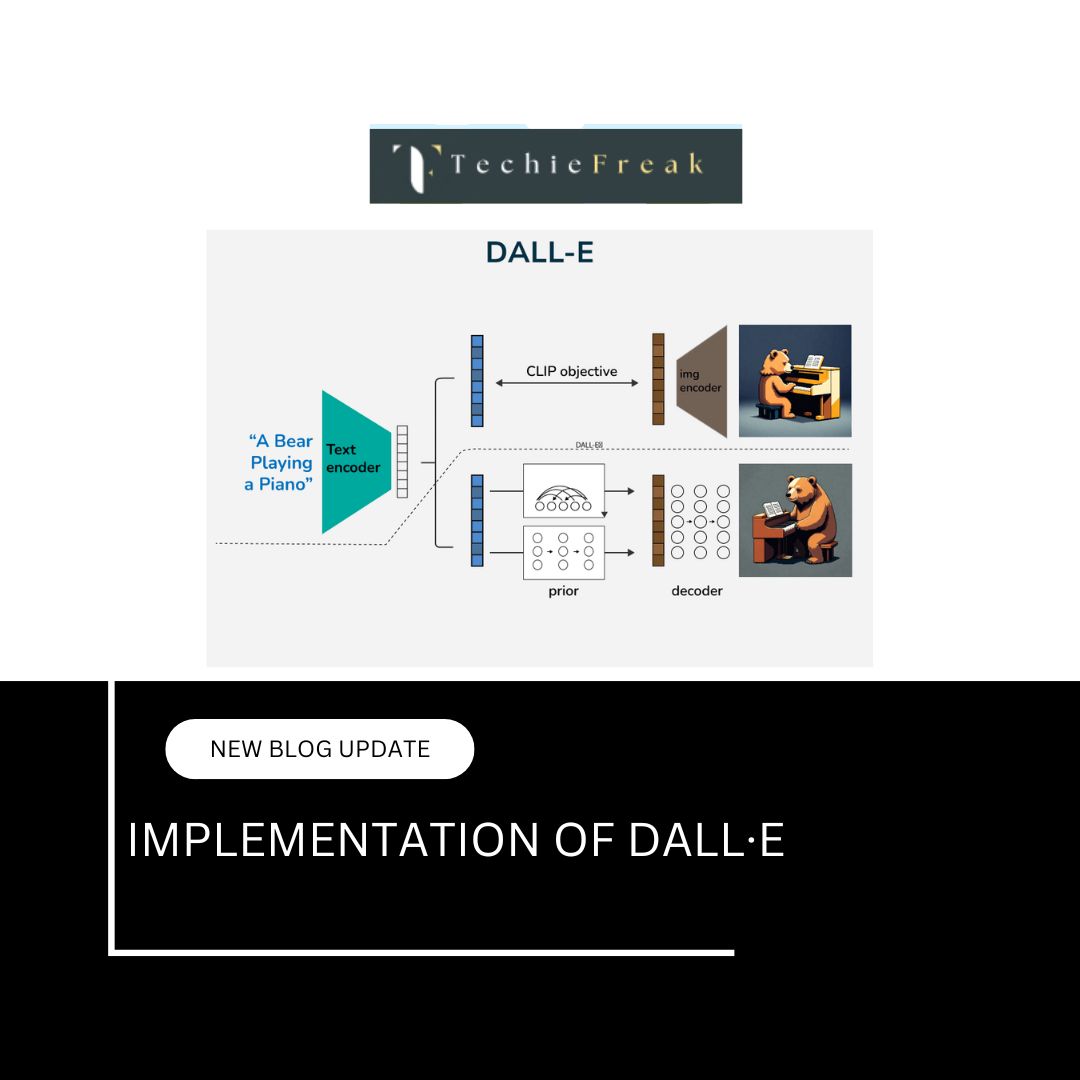


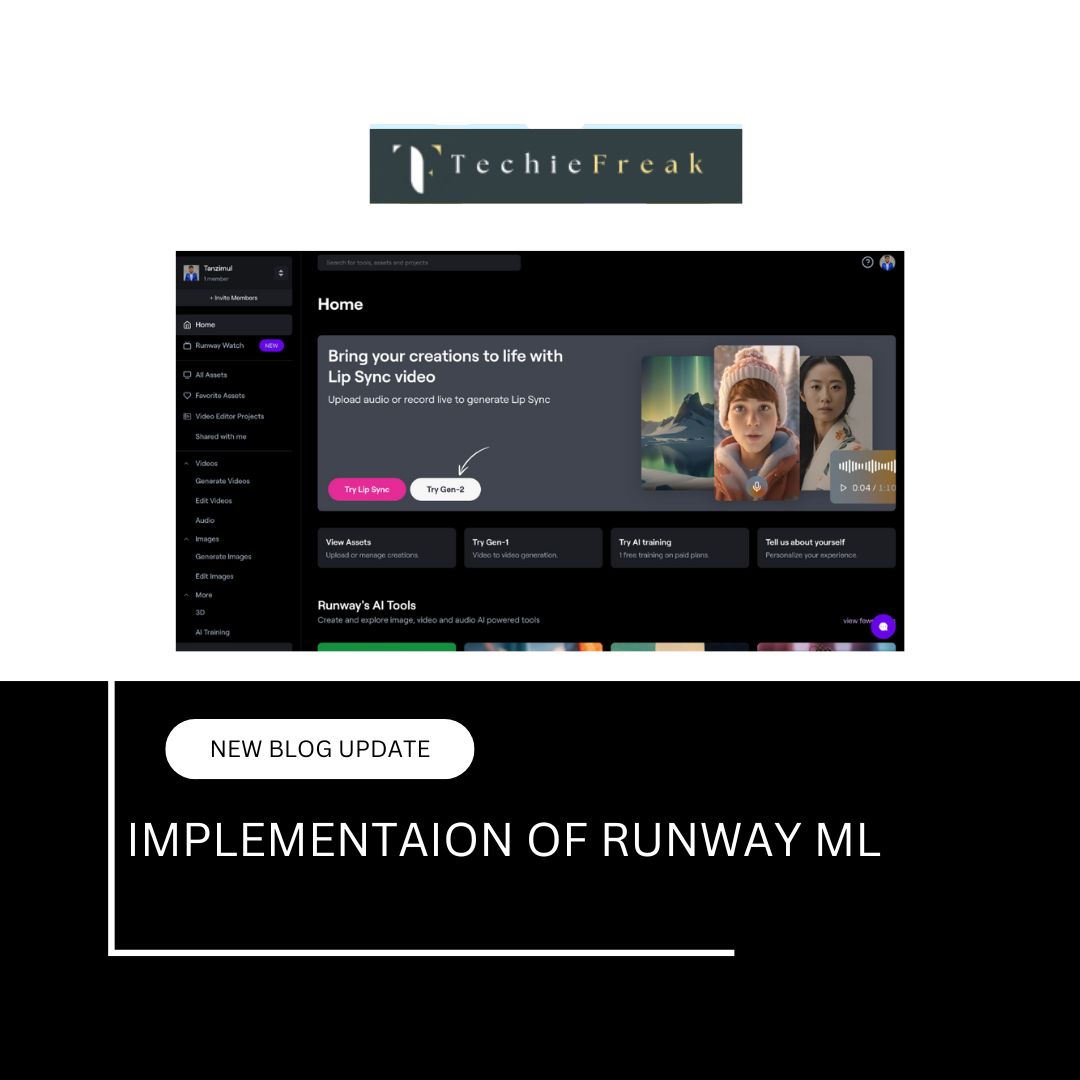



.jpg)


.png)
.png)
.png)
.png)
.png)
.png)
.png)
.png)
.png)
.png)
.png)
.png)
.png)
.png)
.png)
.png)
.png)
.png)
.png)
.png)
.png)
.png)
.png)
.png)
.png)
.png)
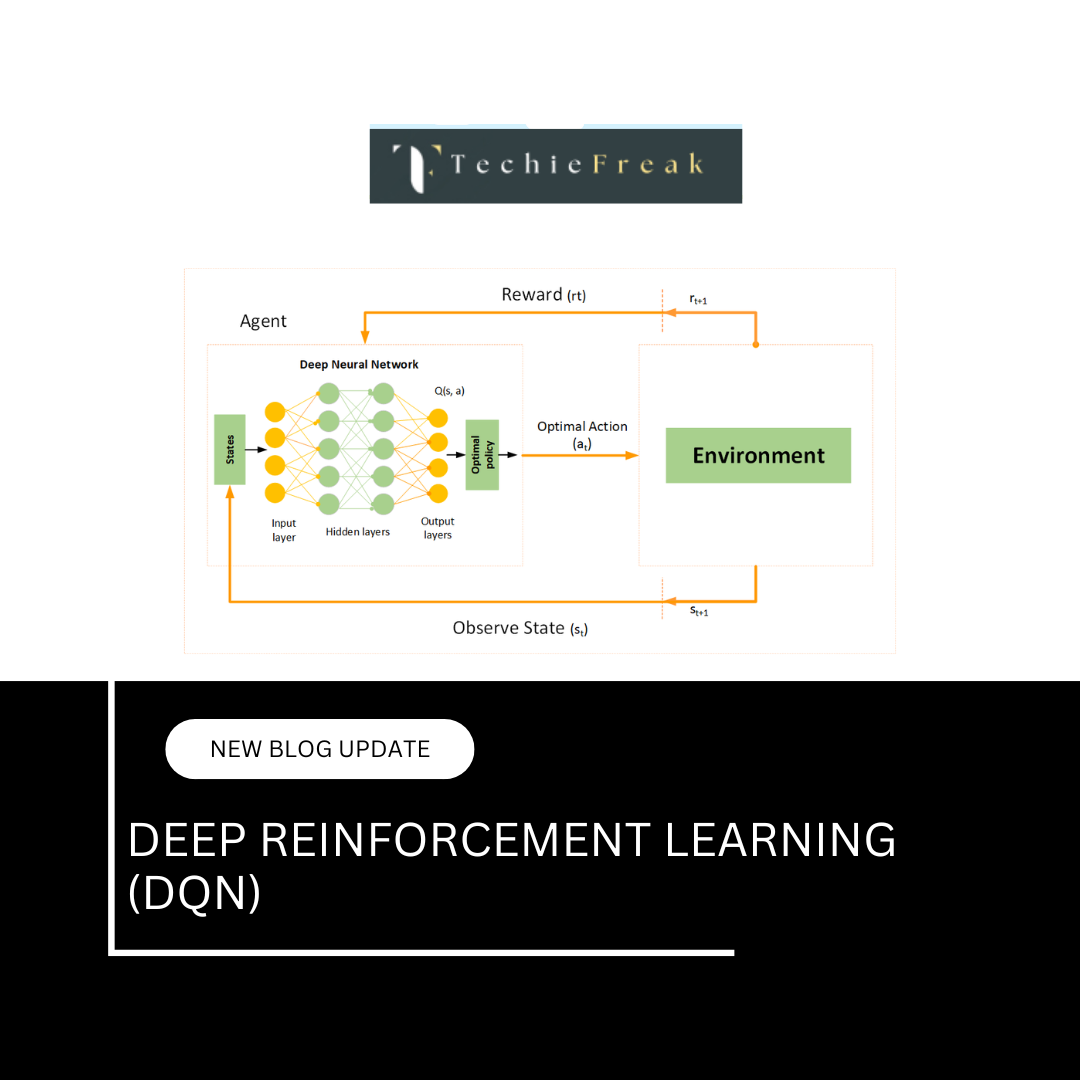
.png)
.png)
.png)
.png)
.png)
.png)

.png)


